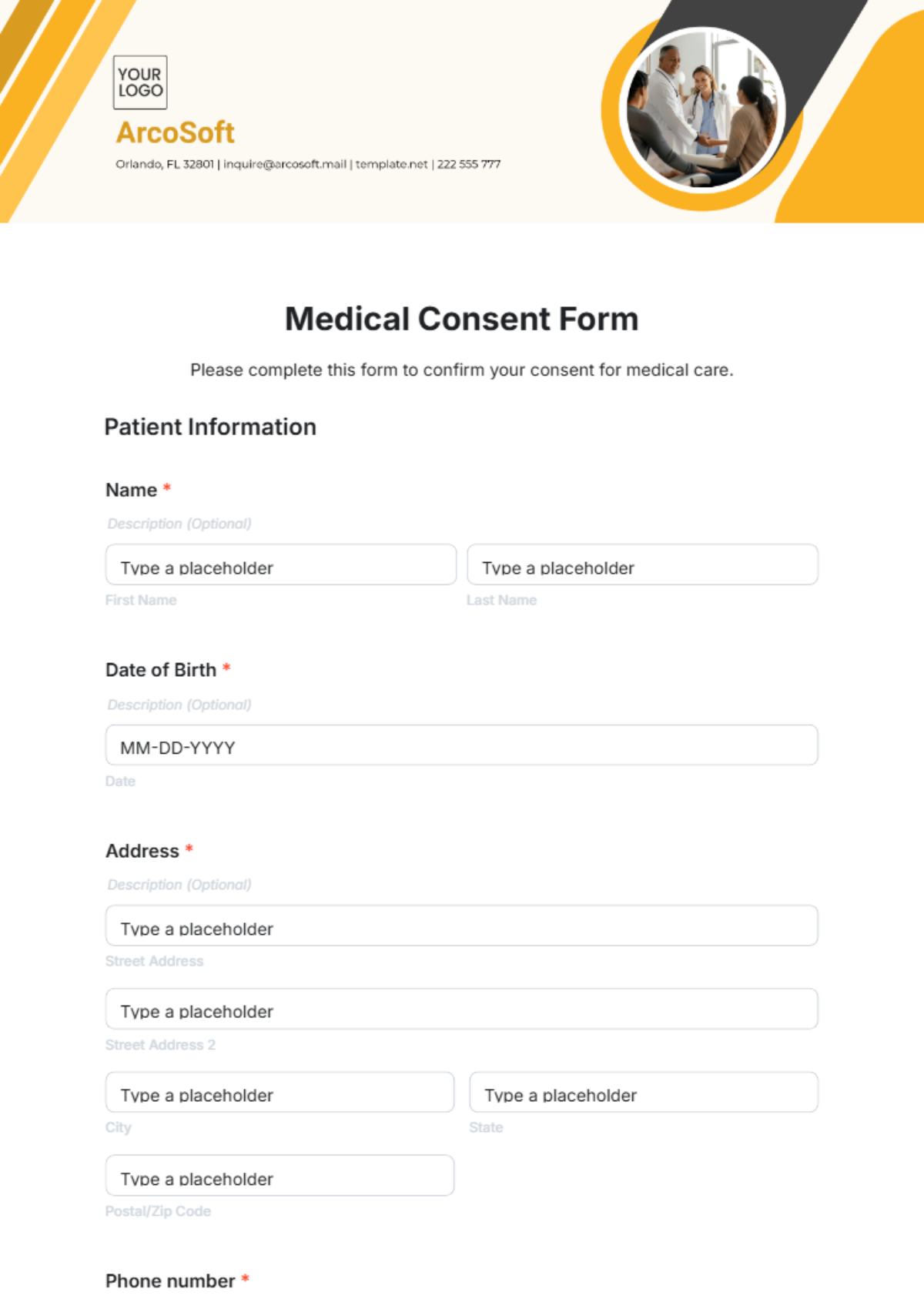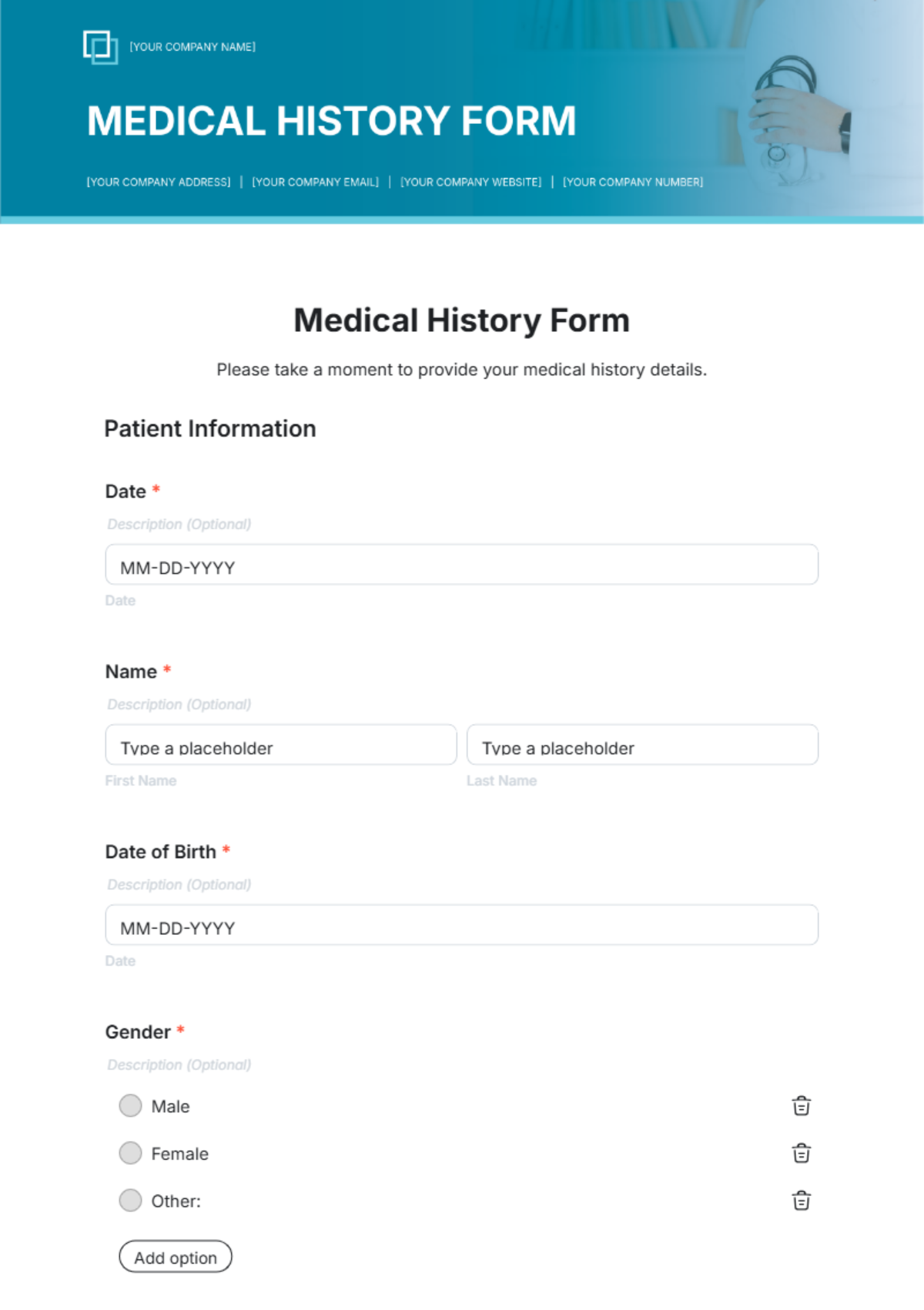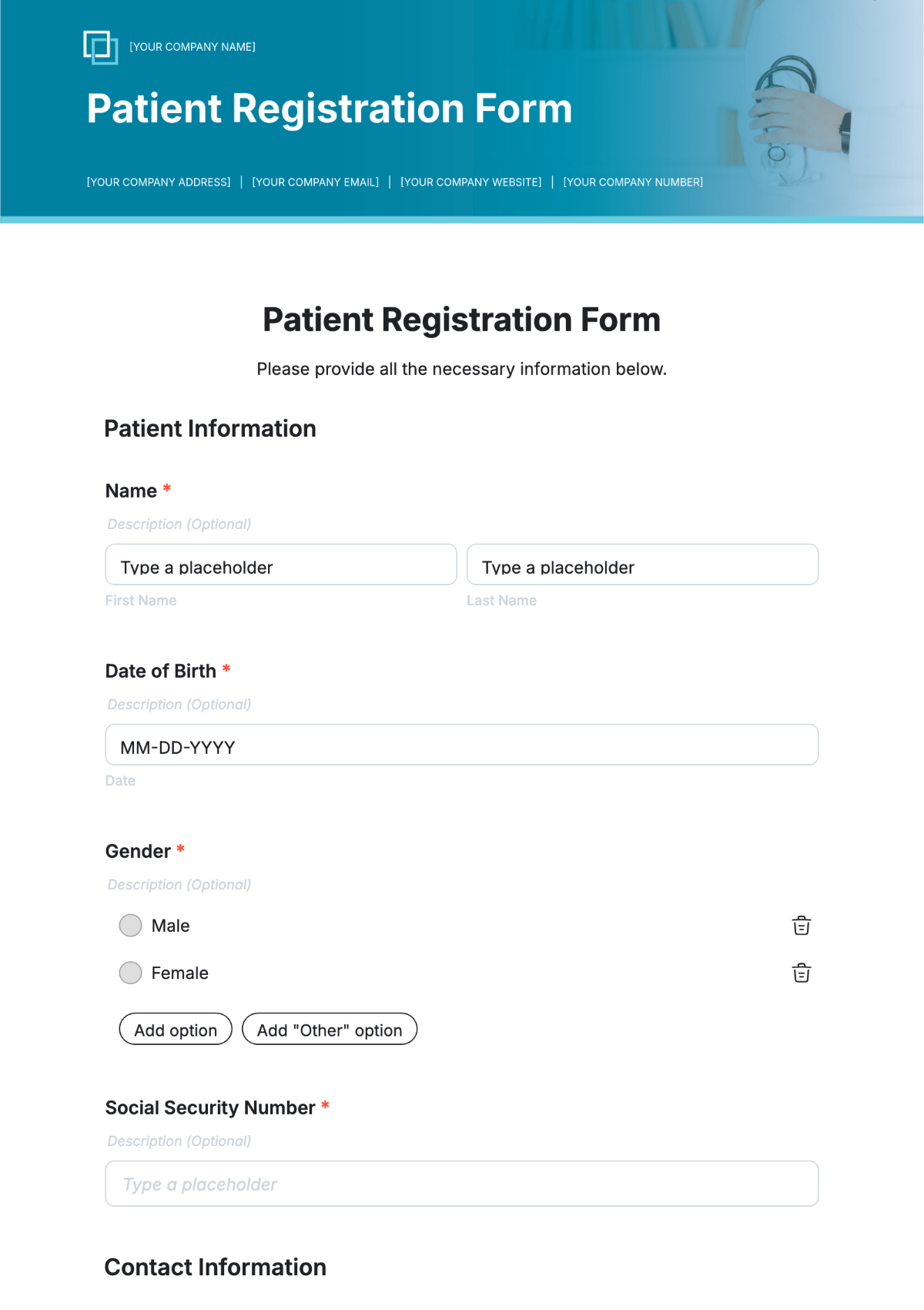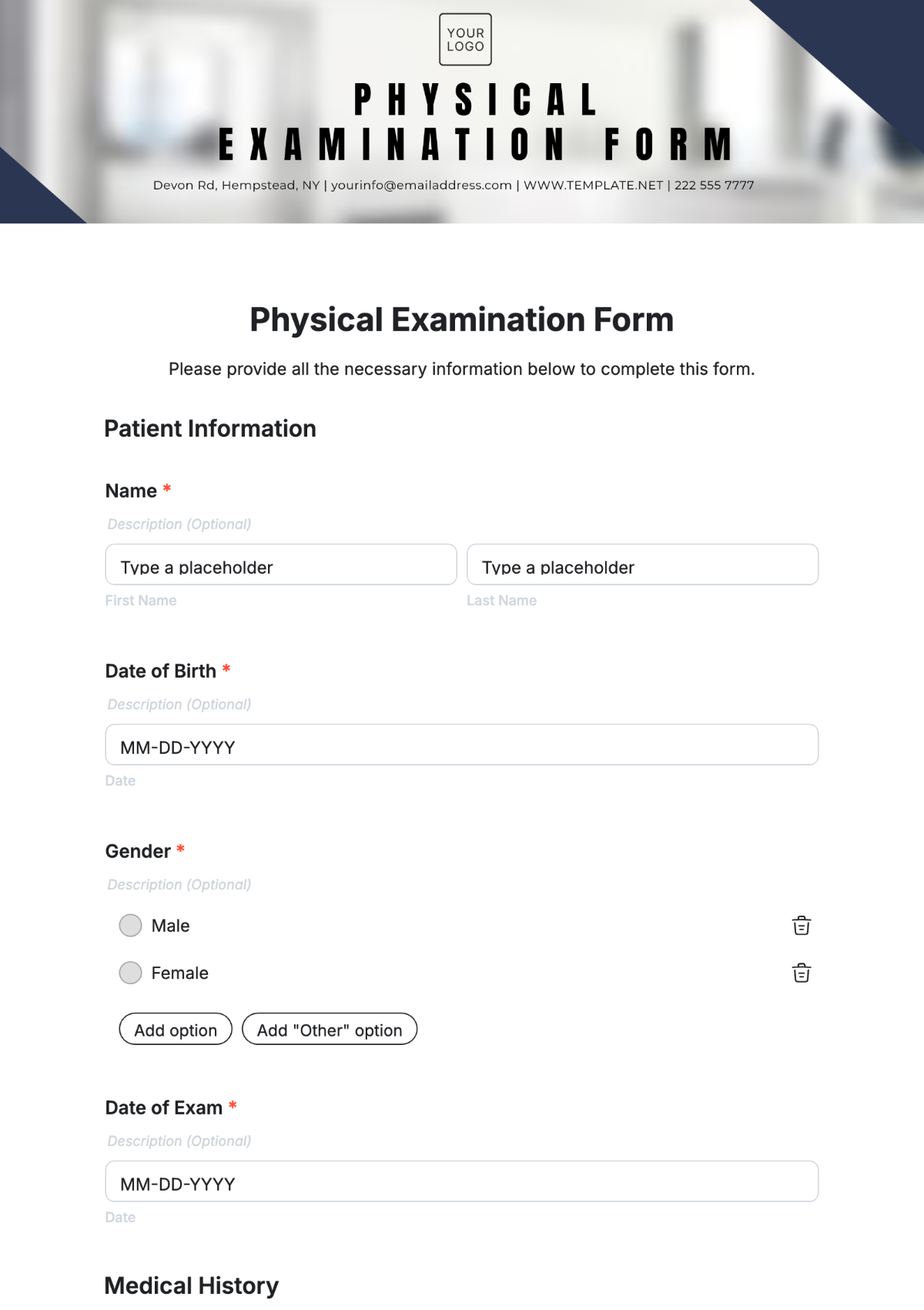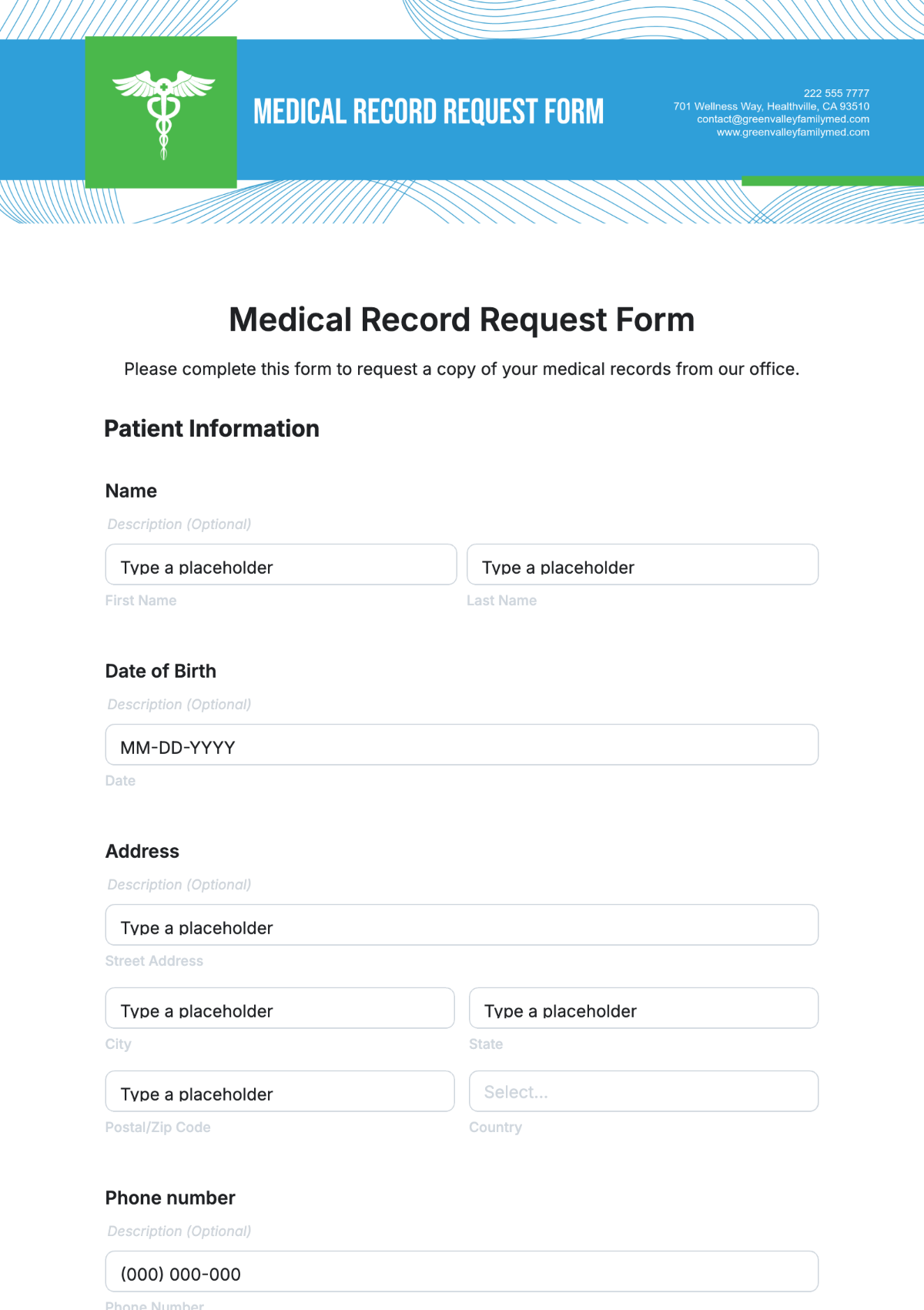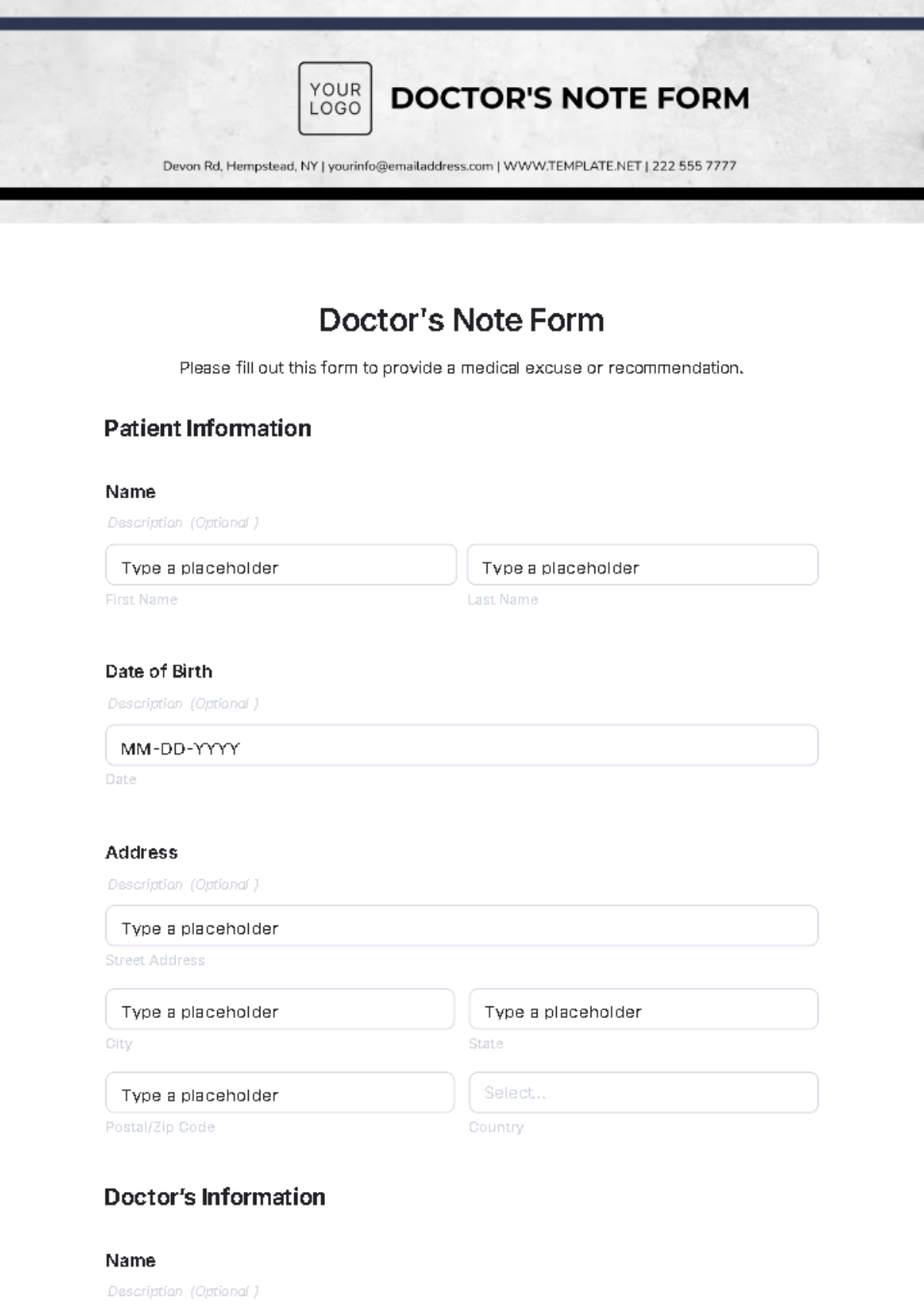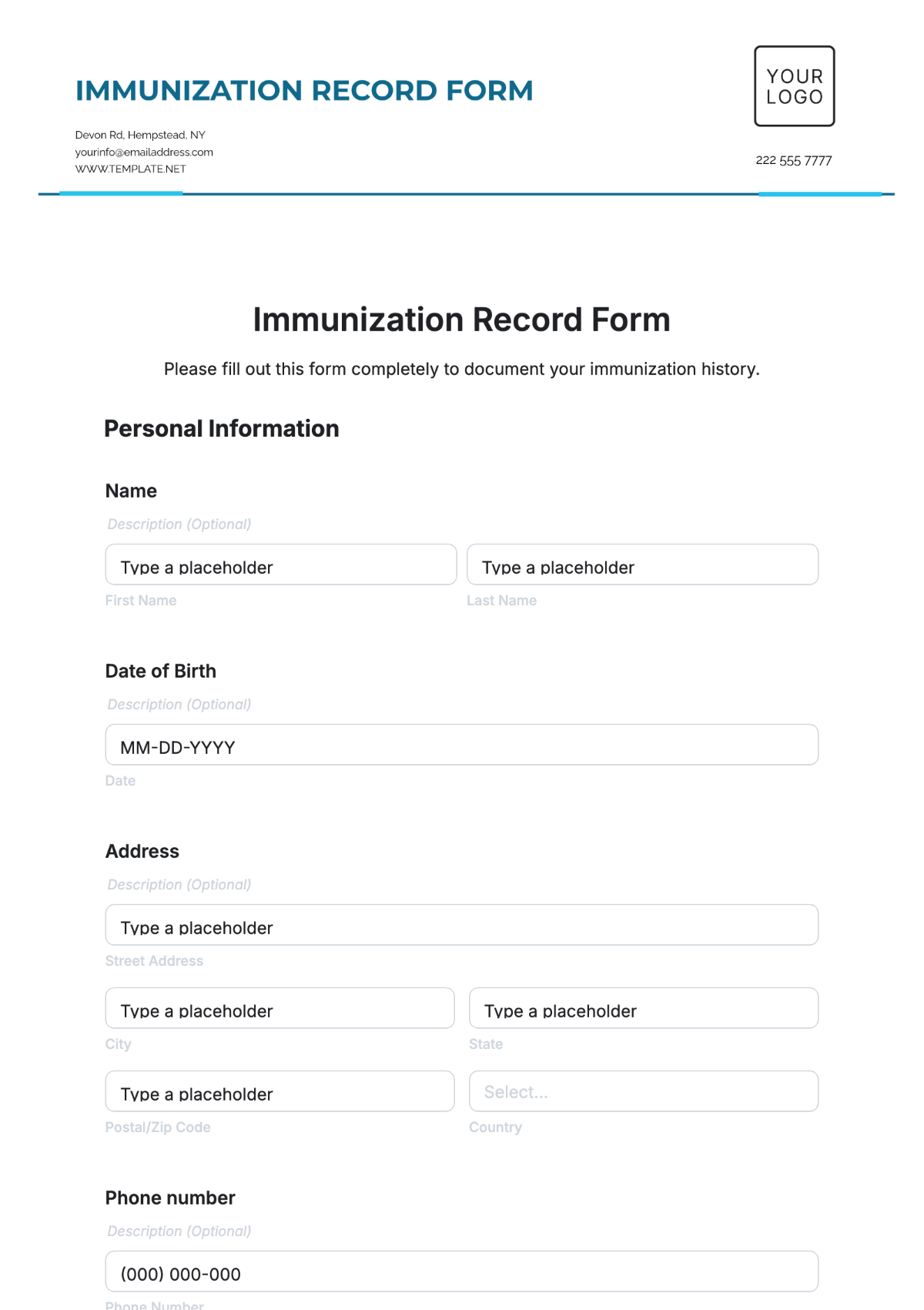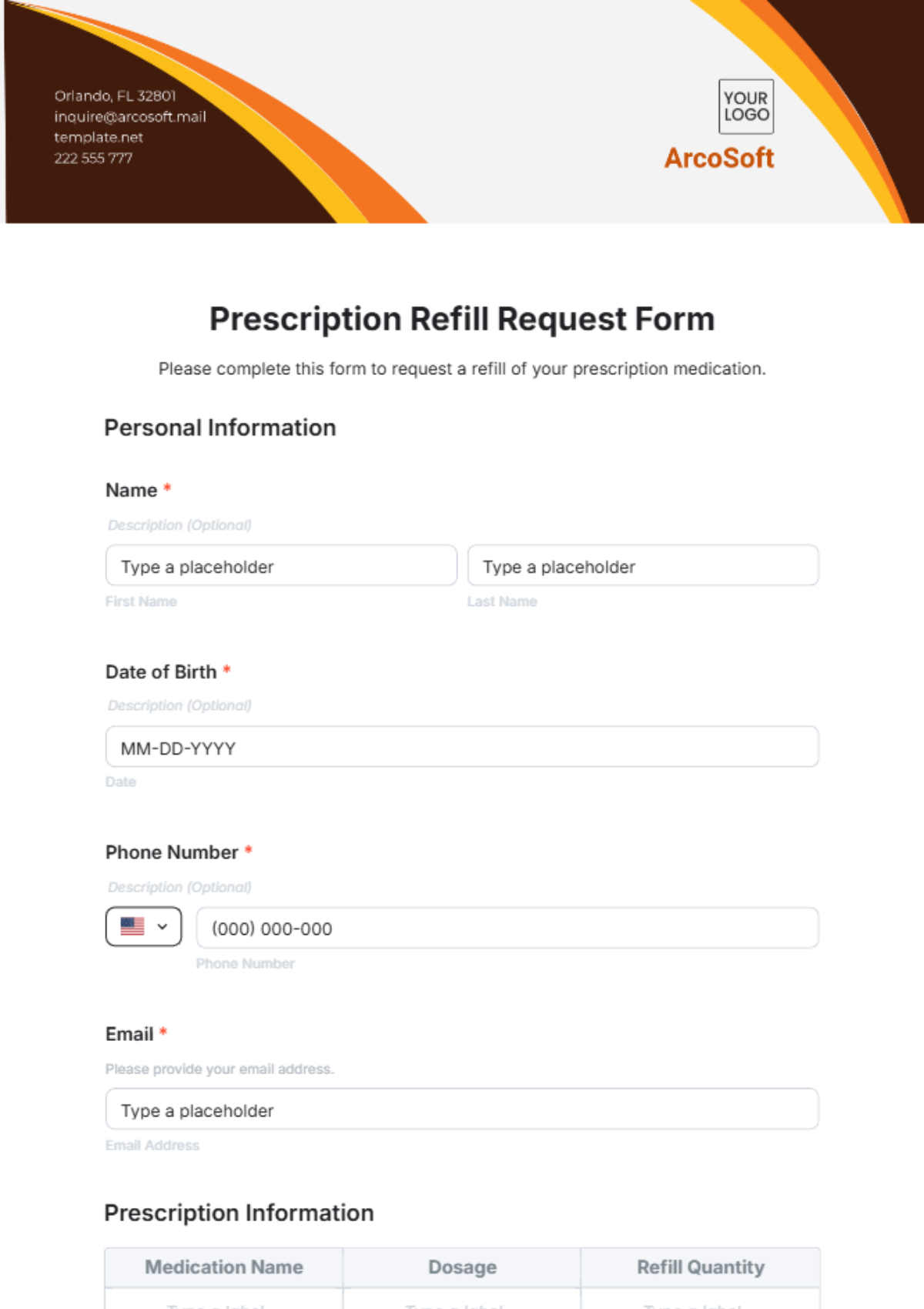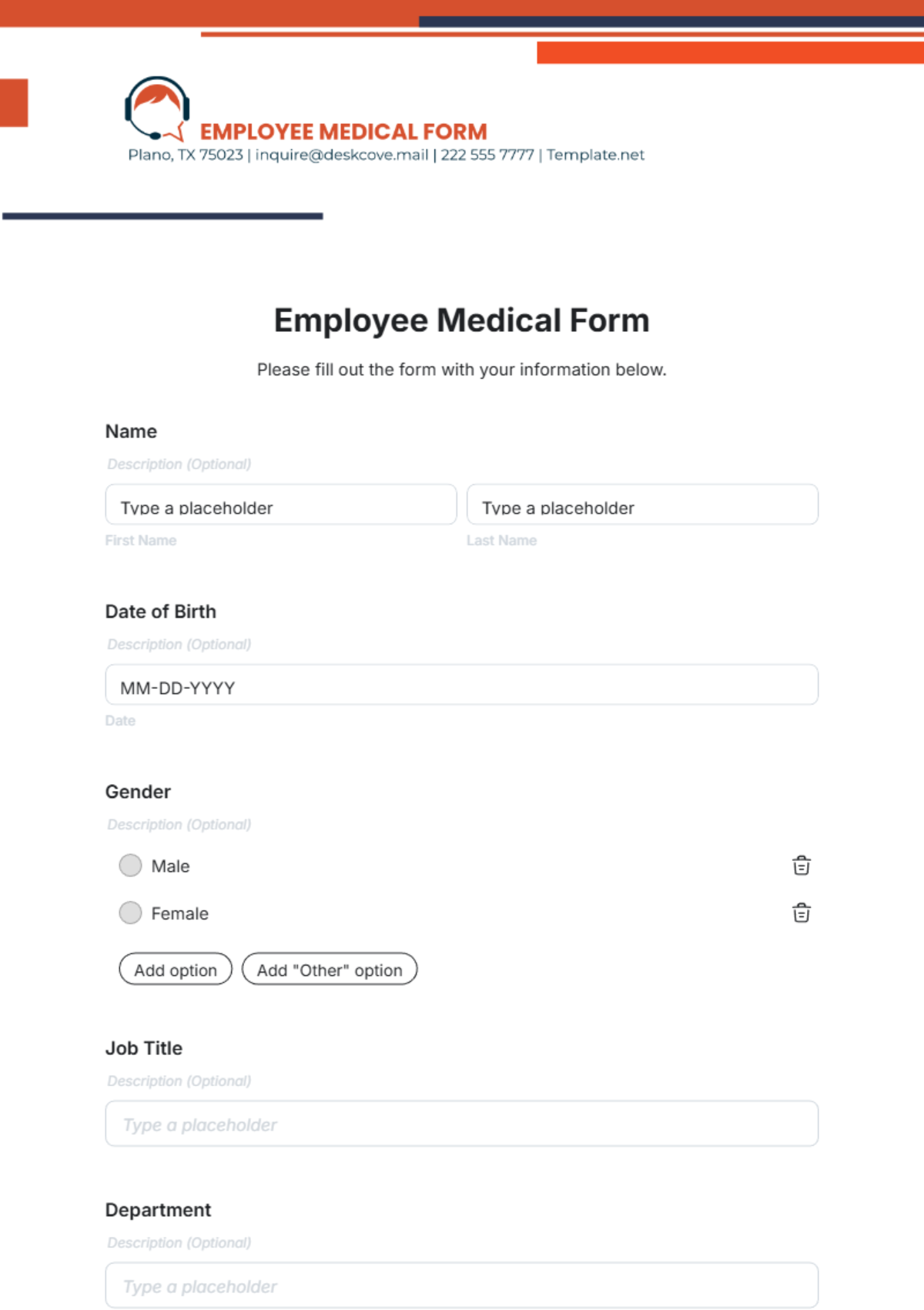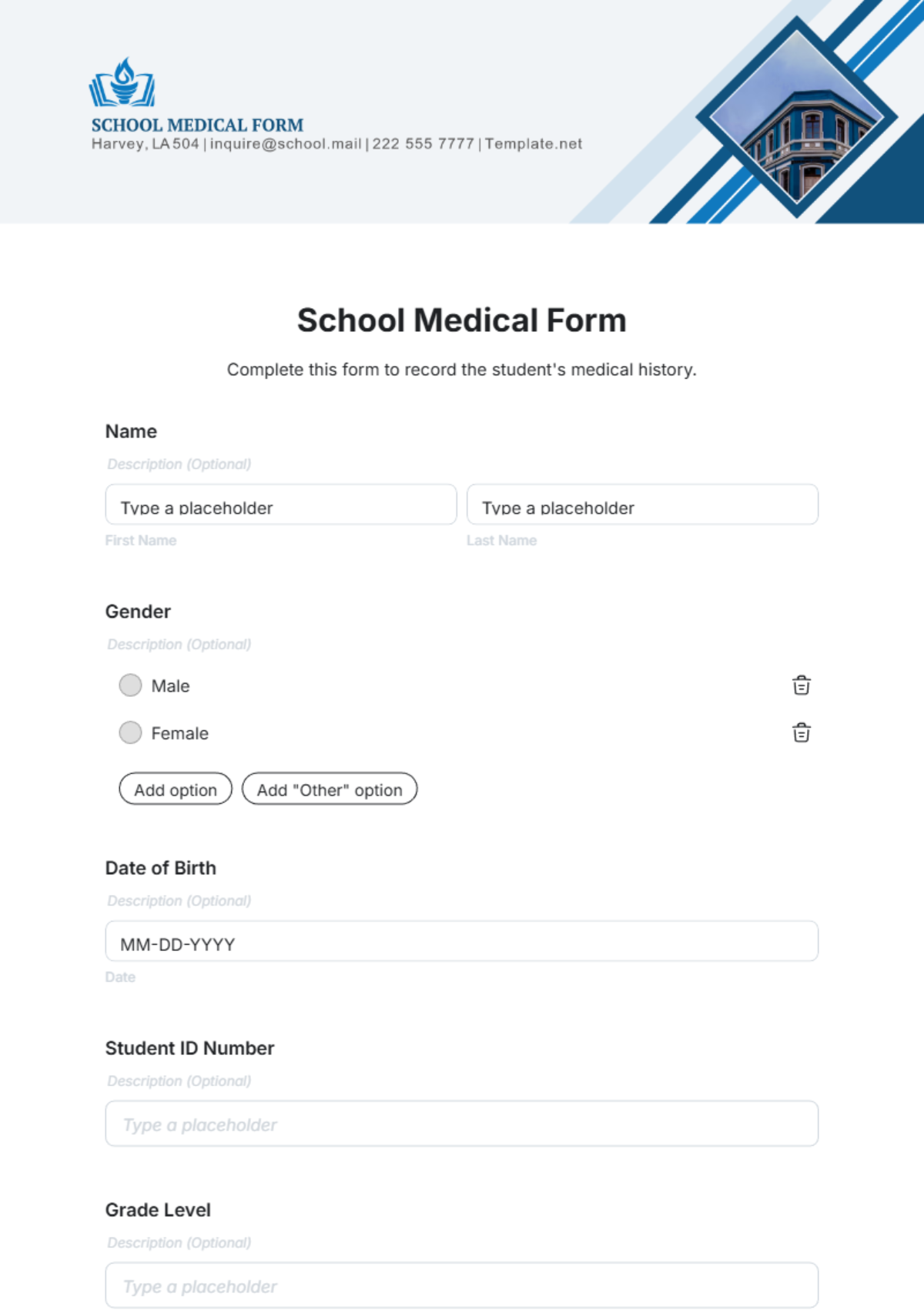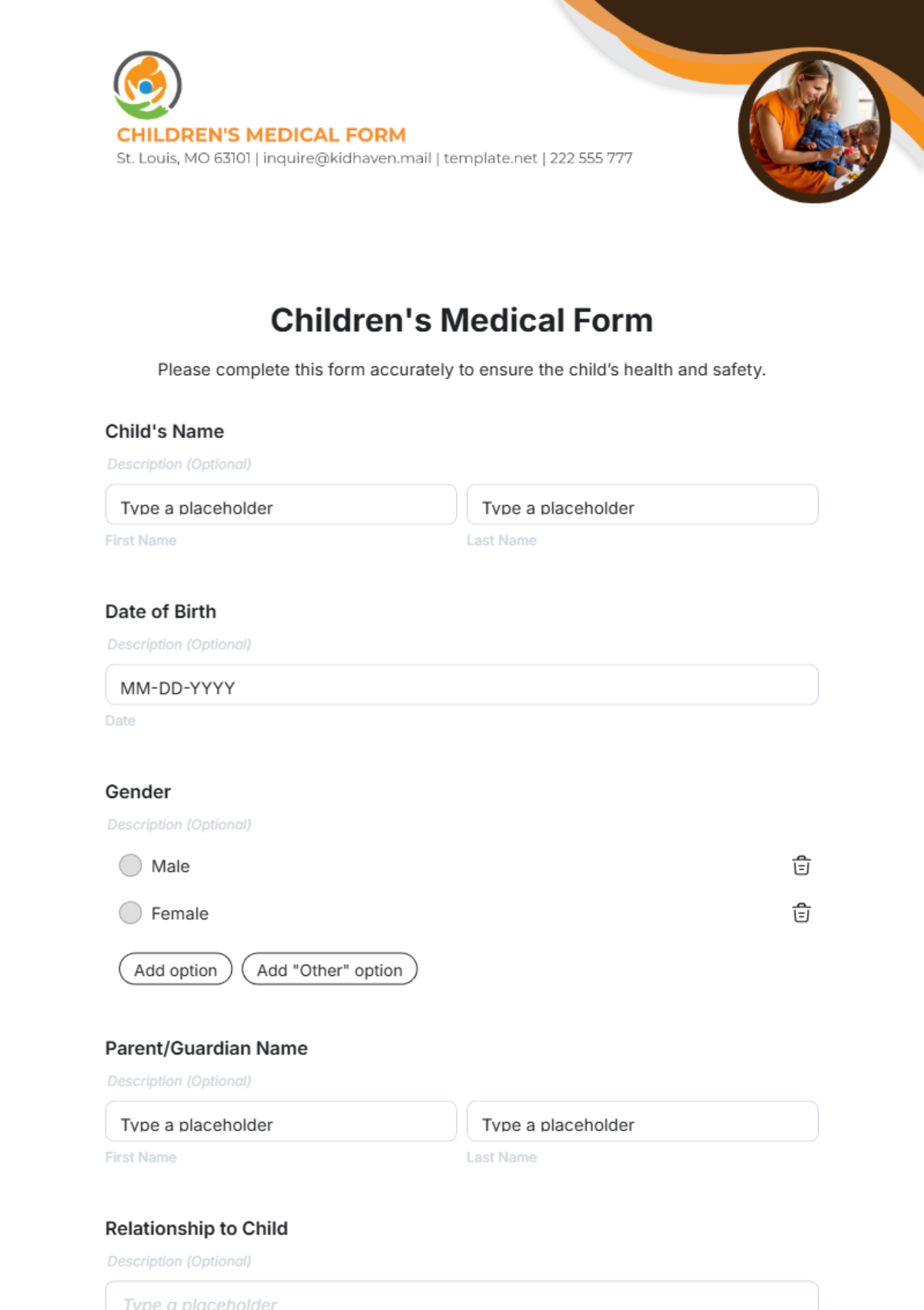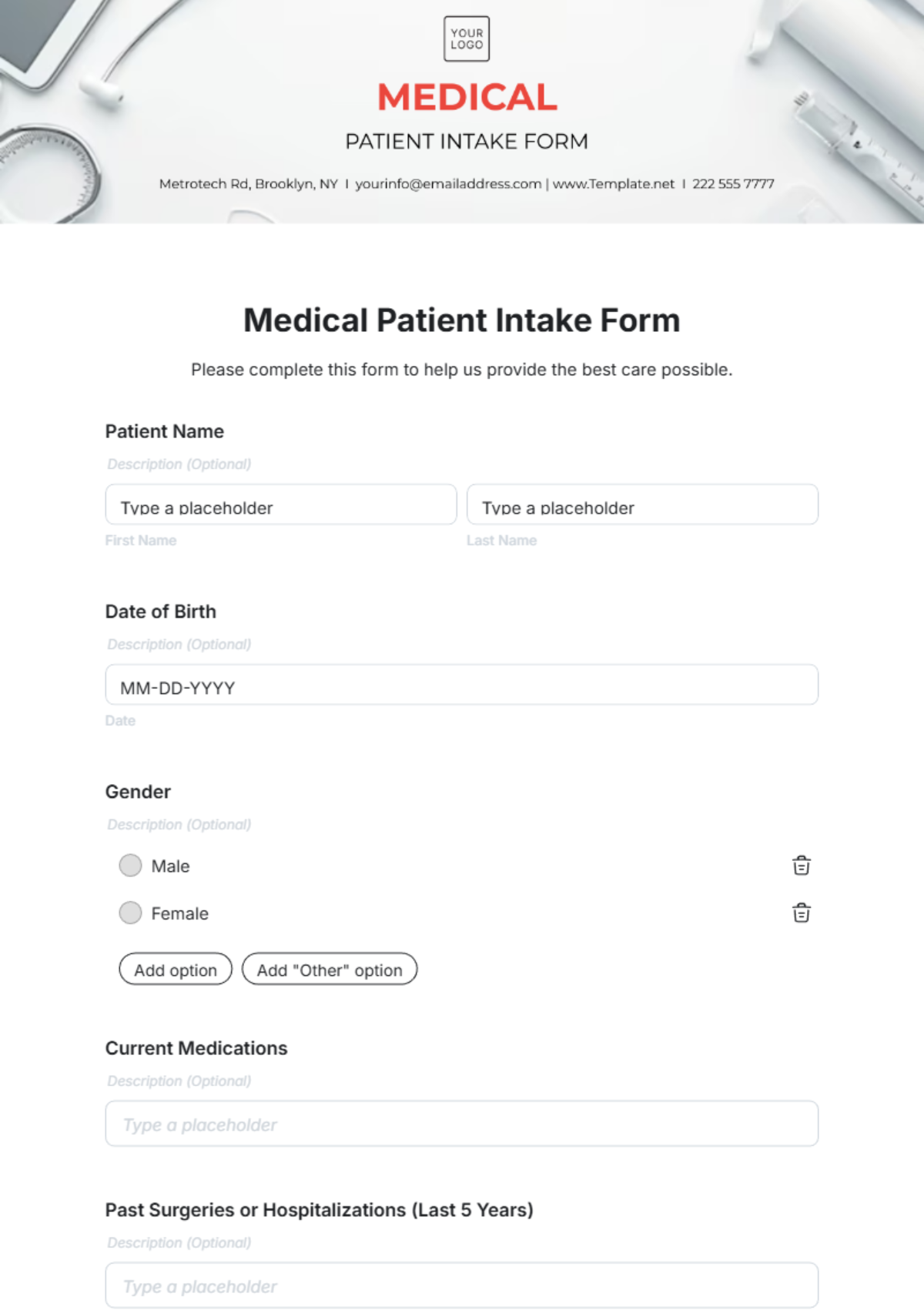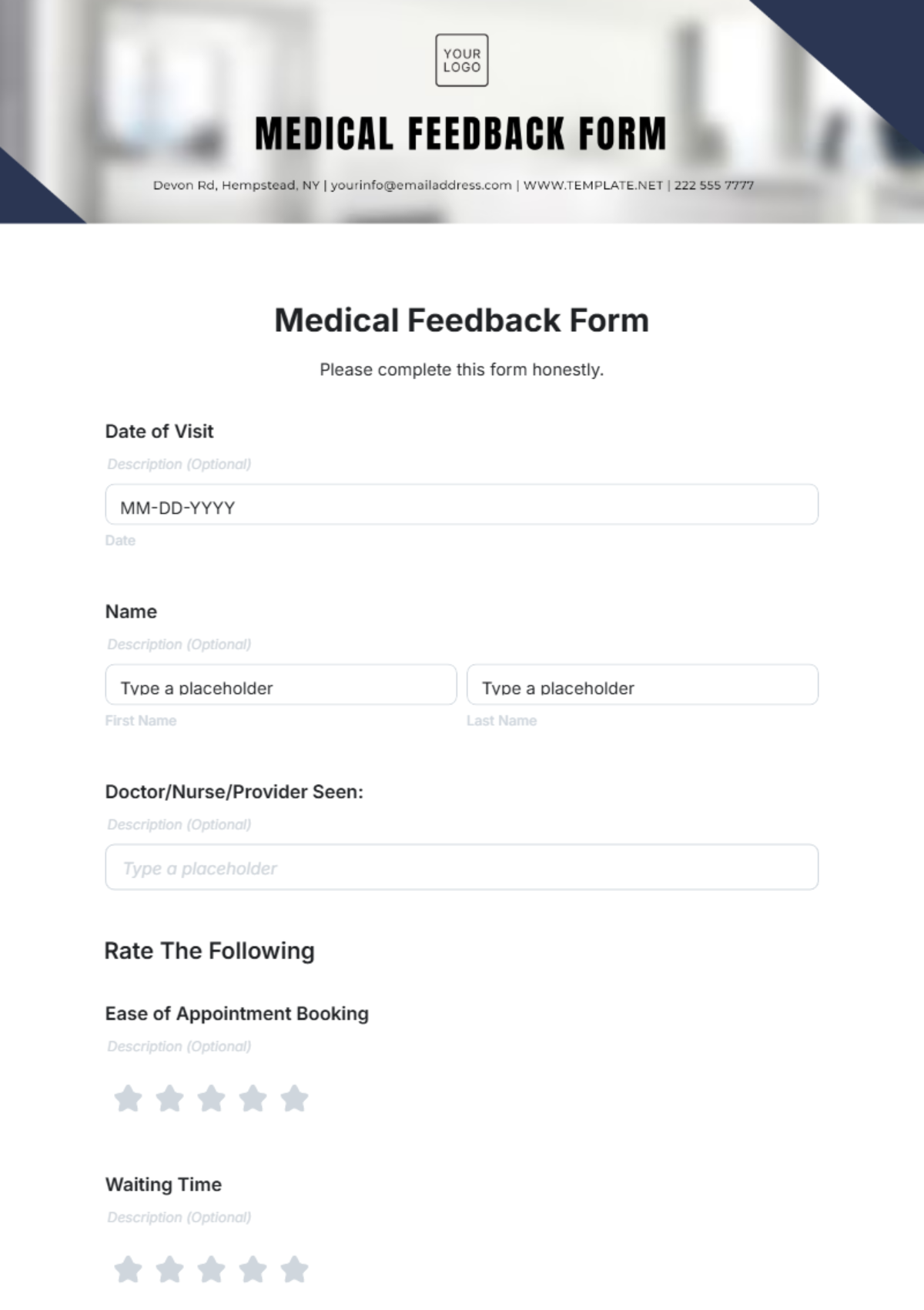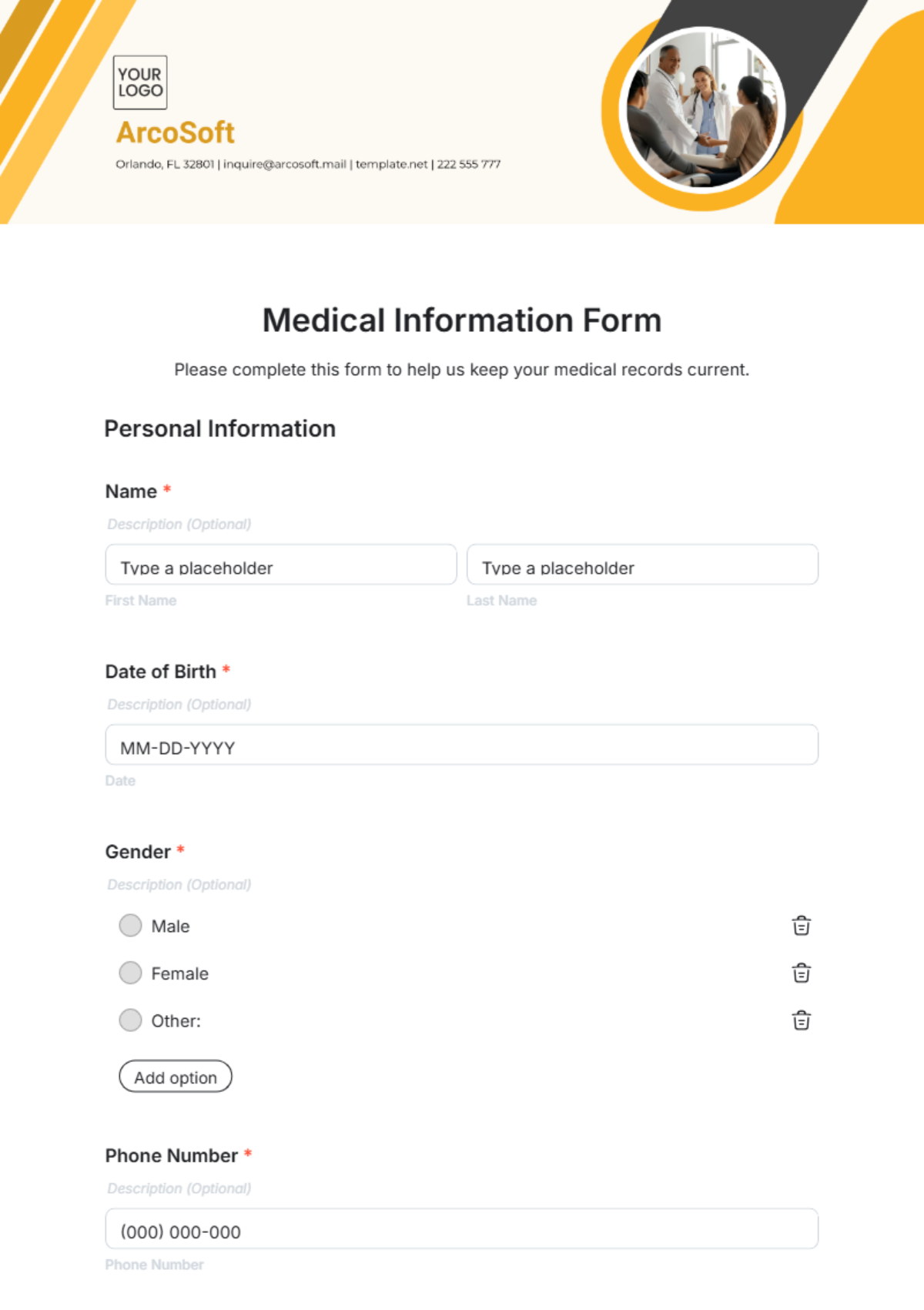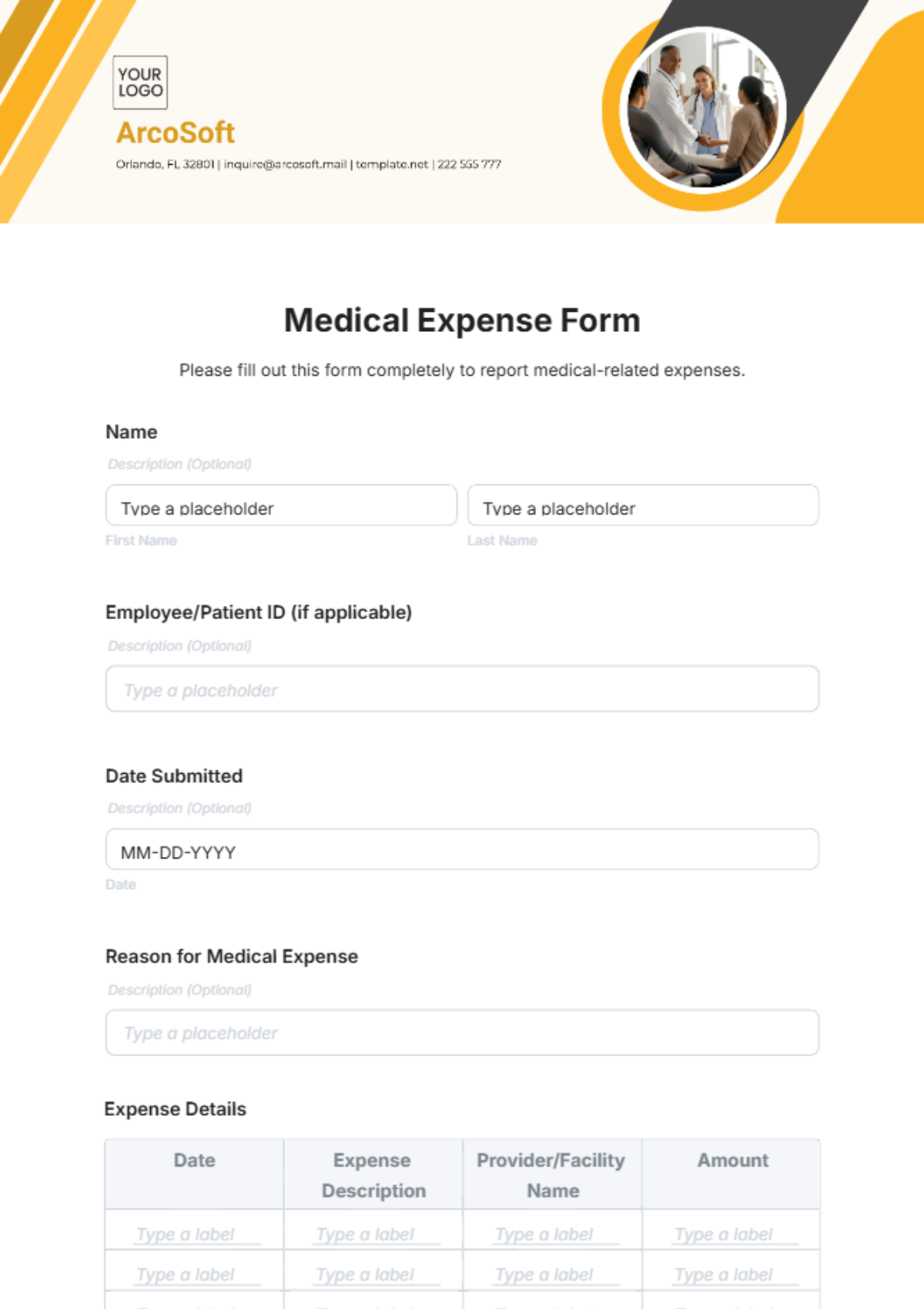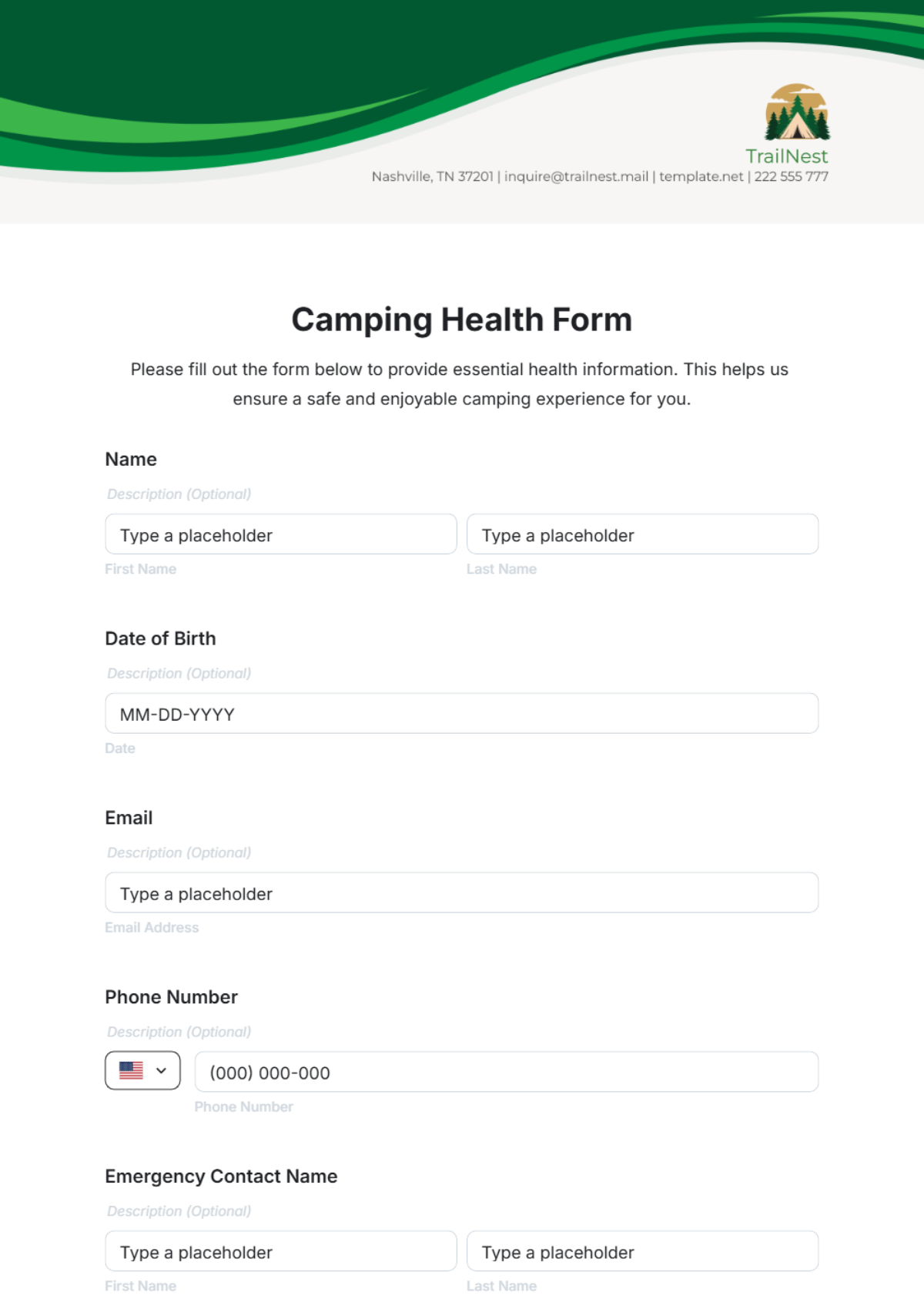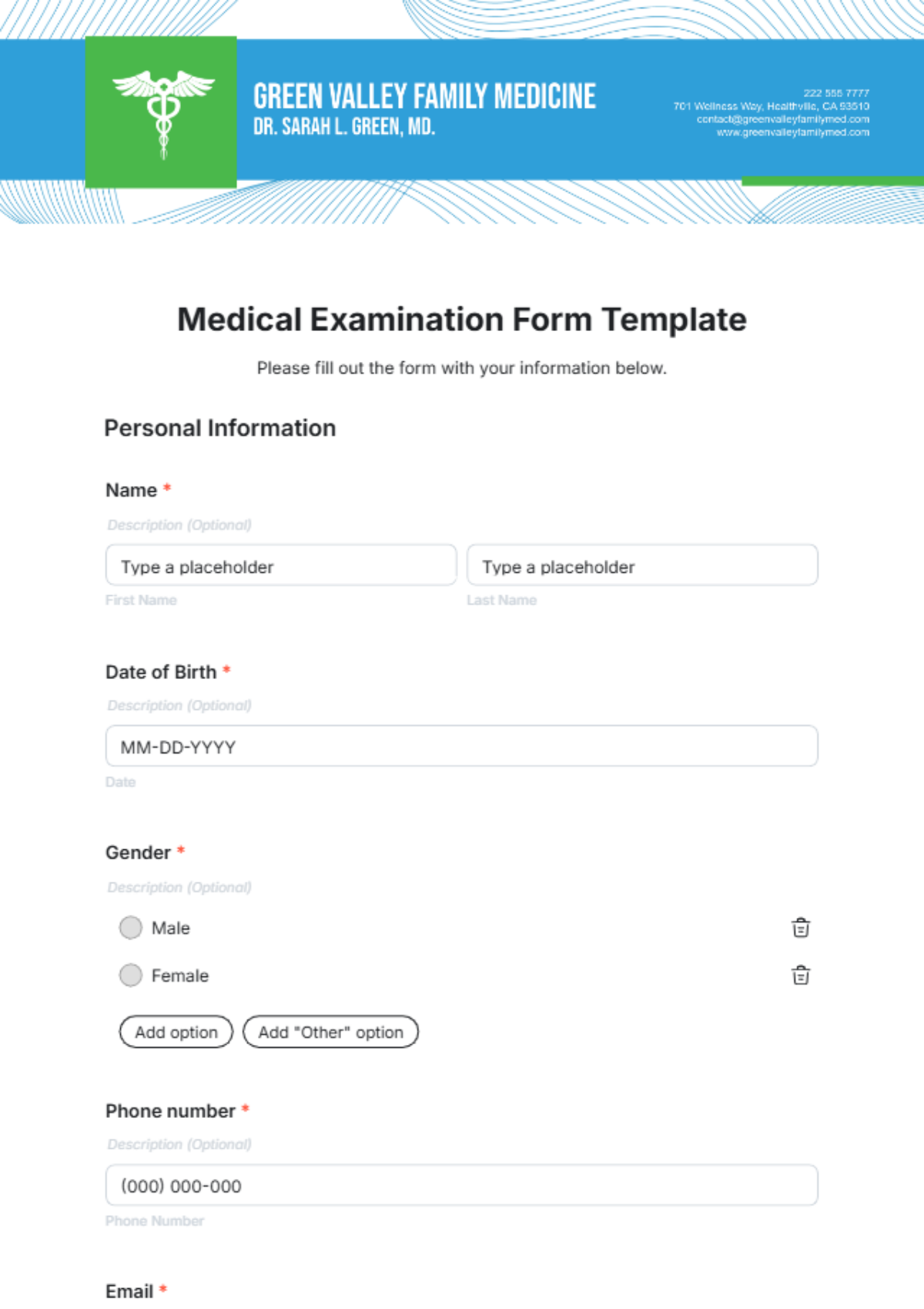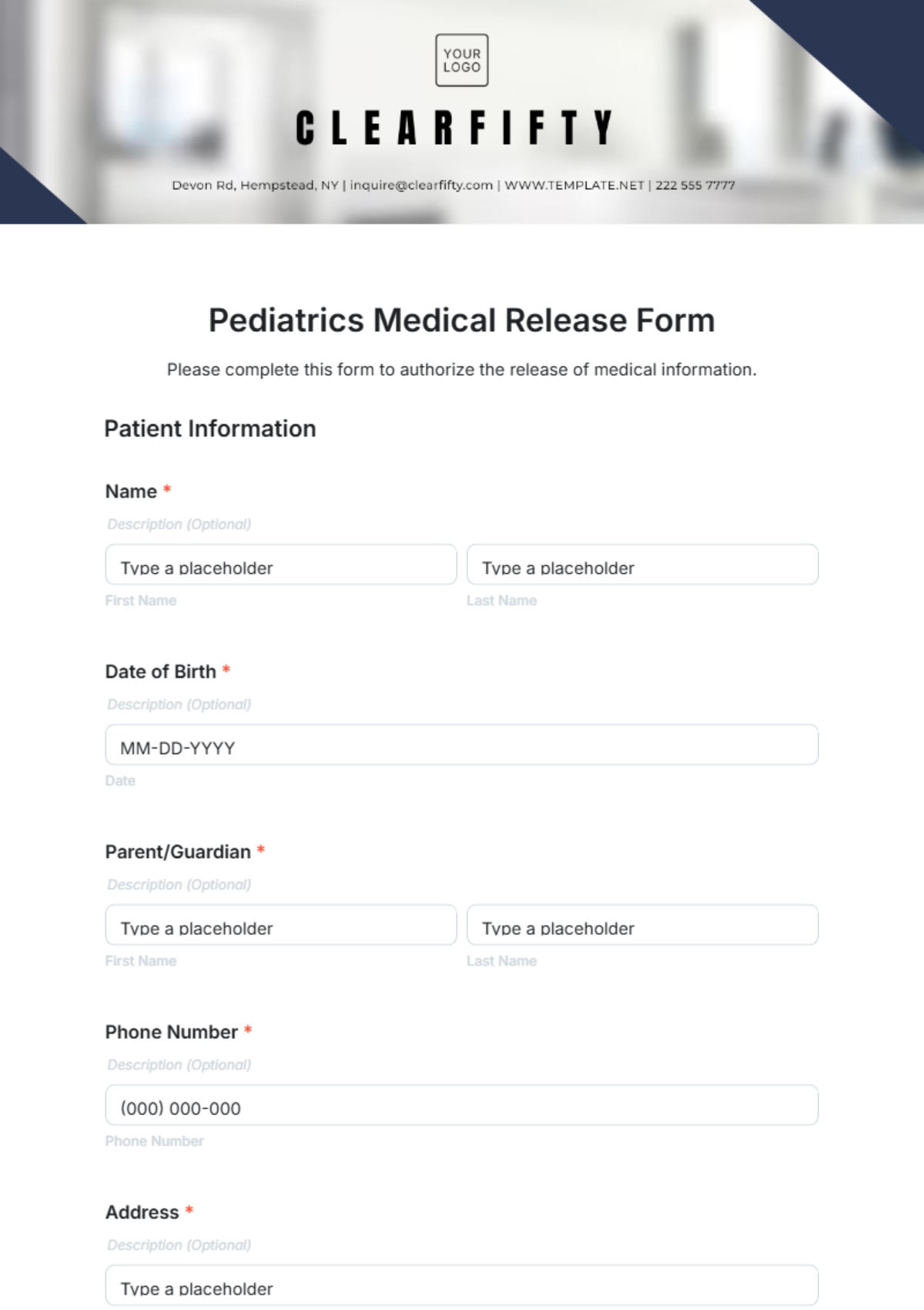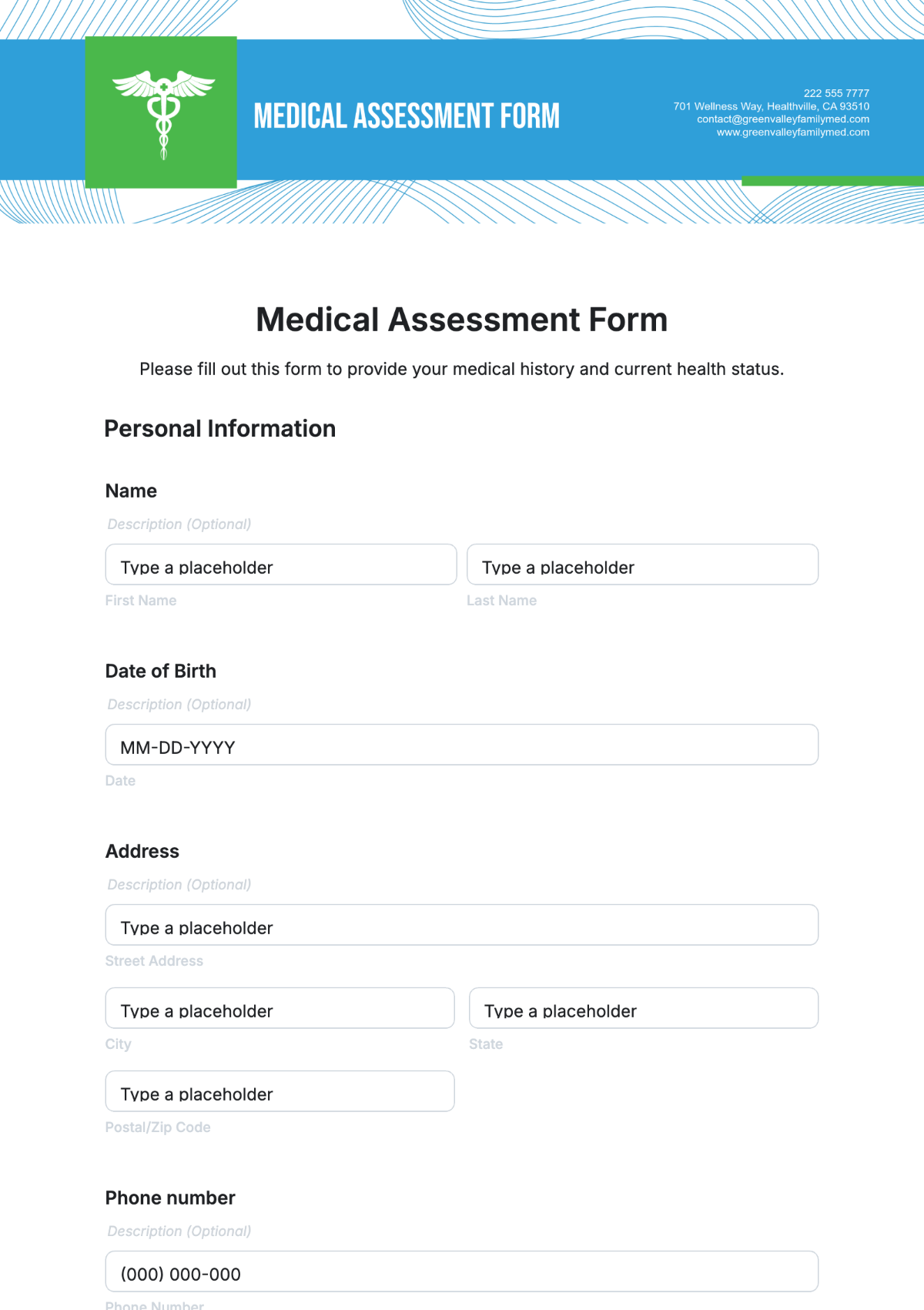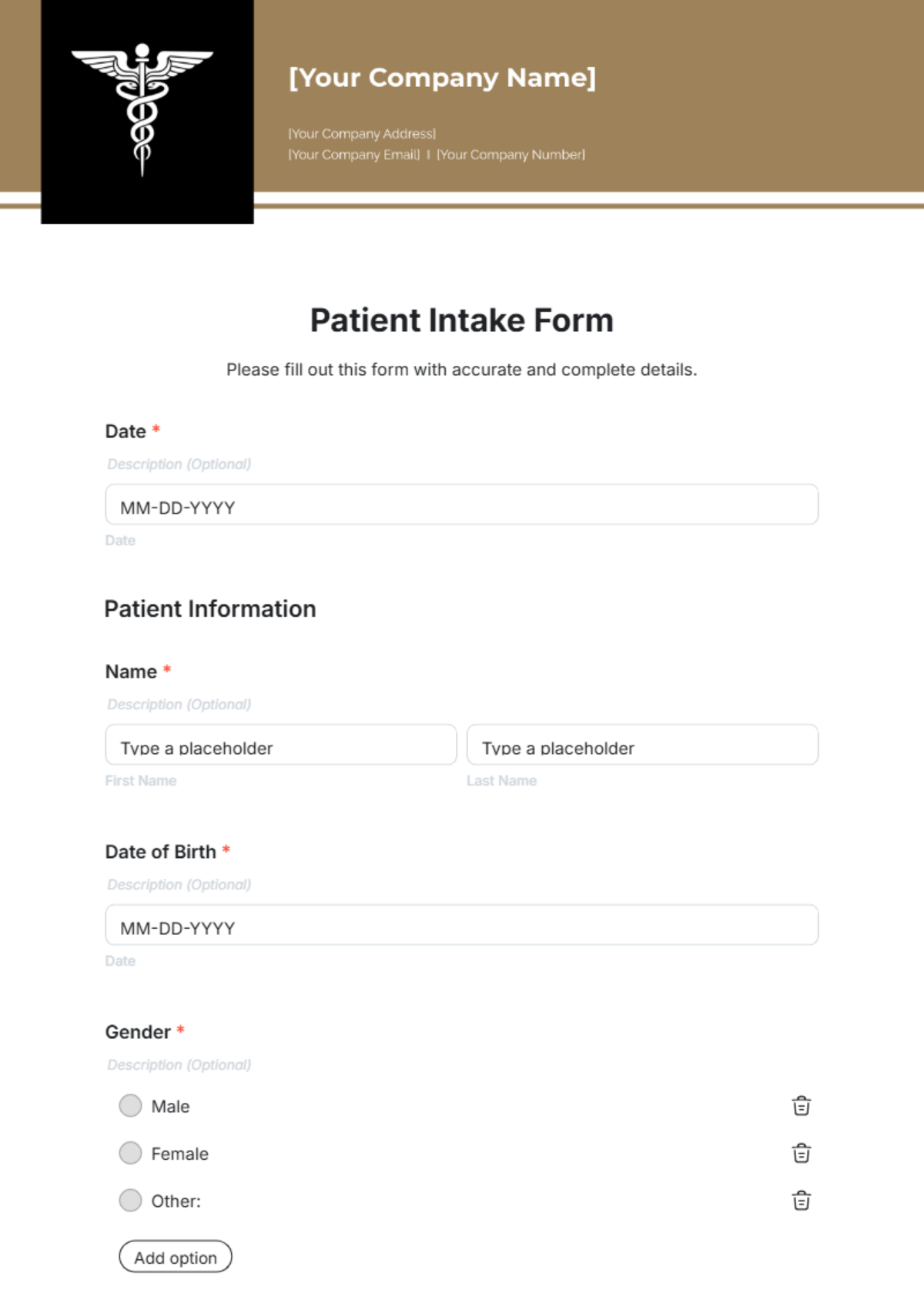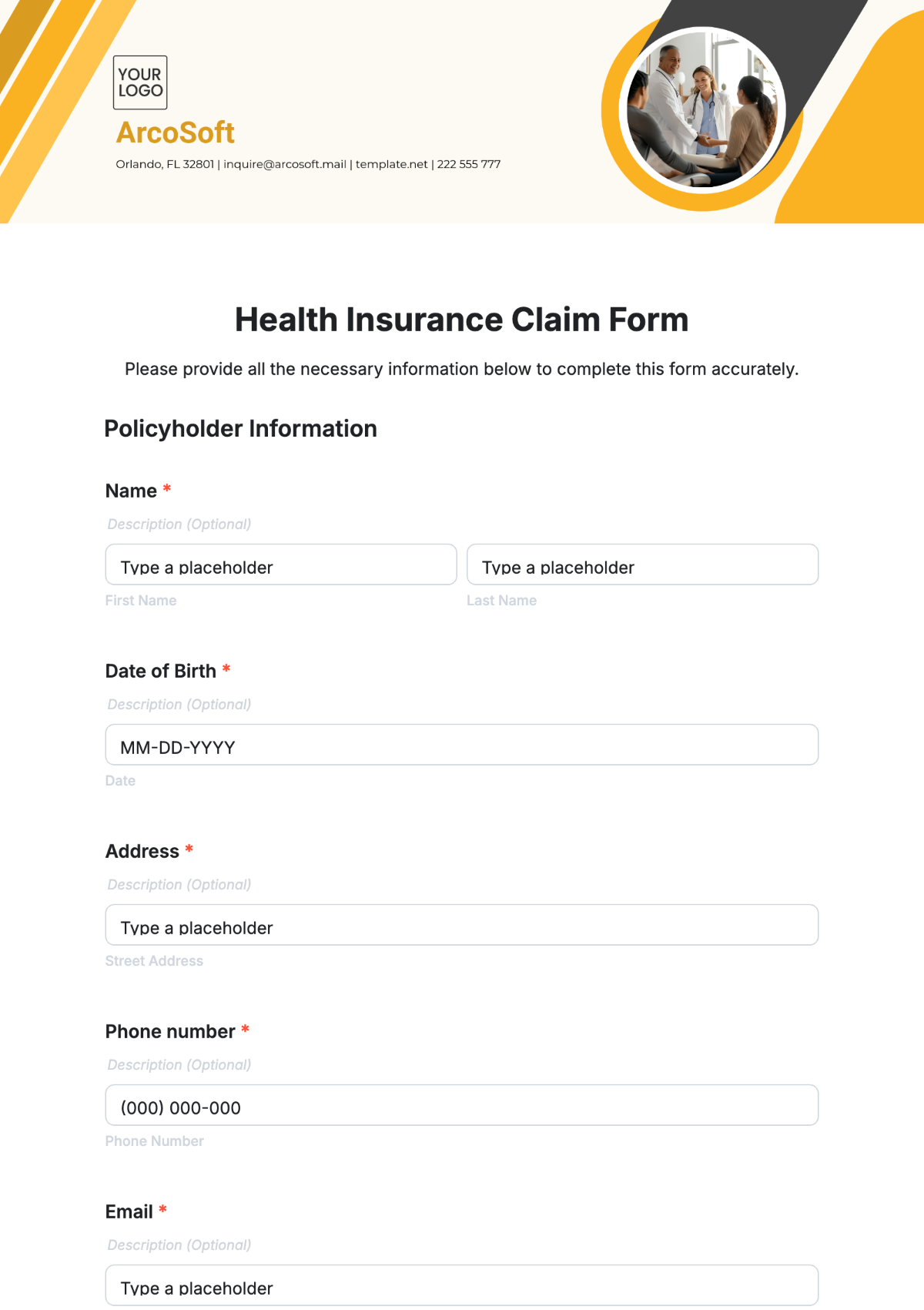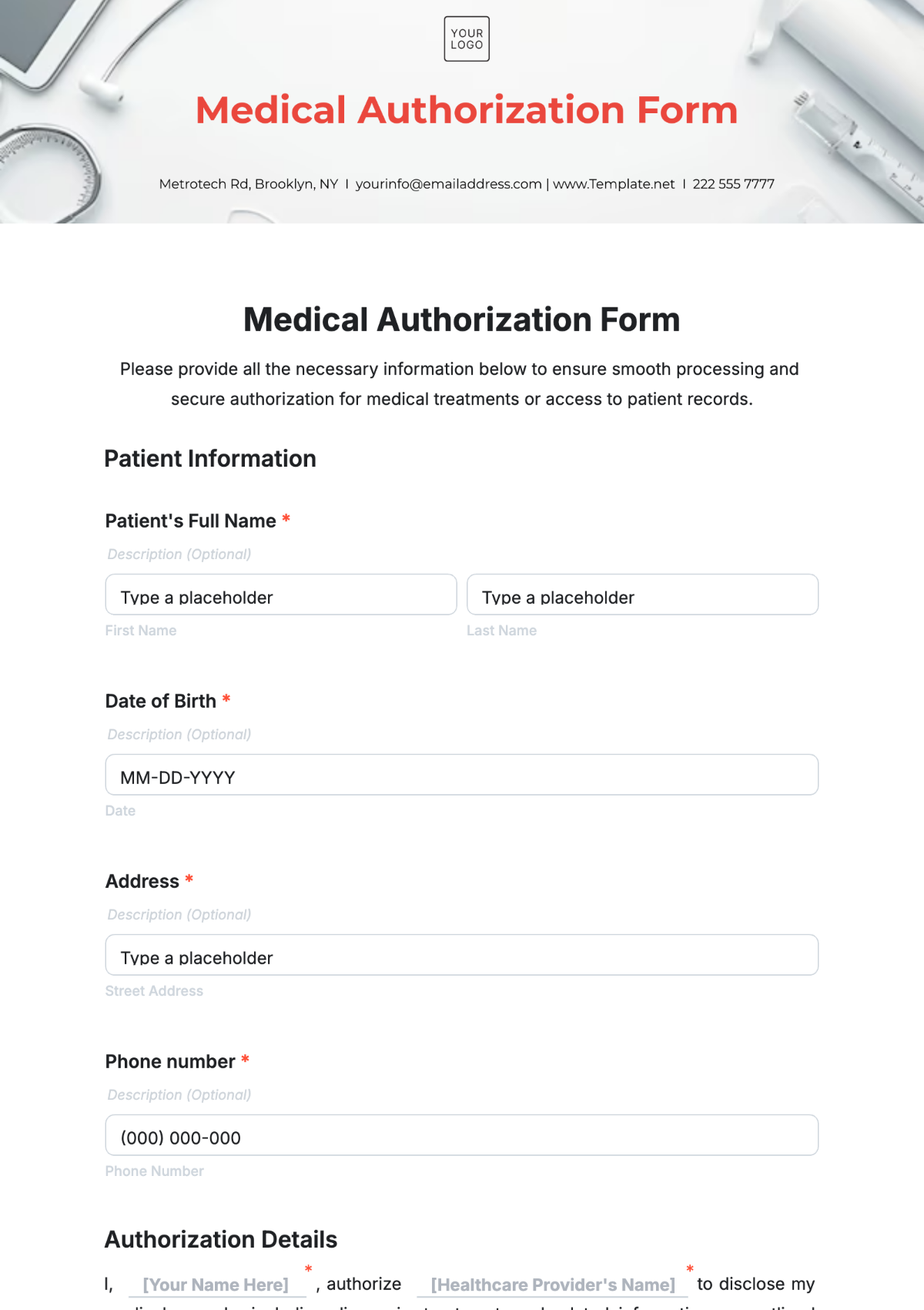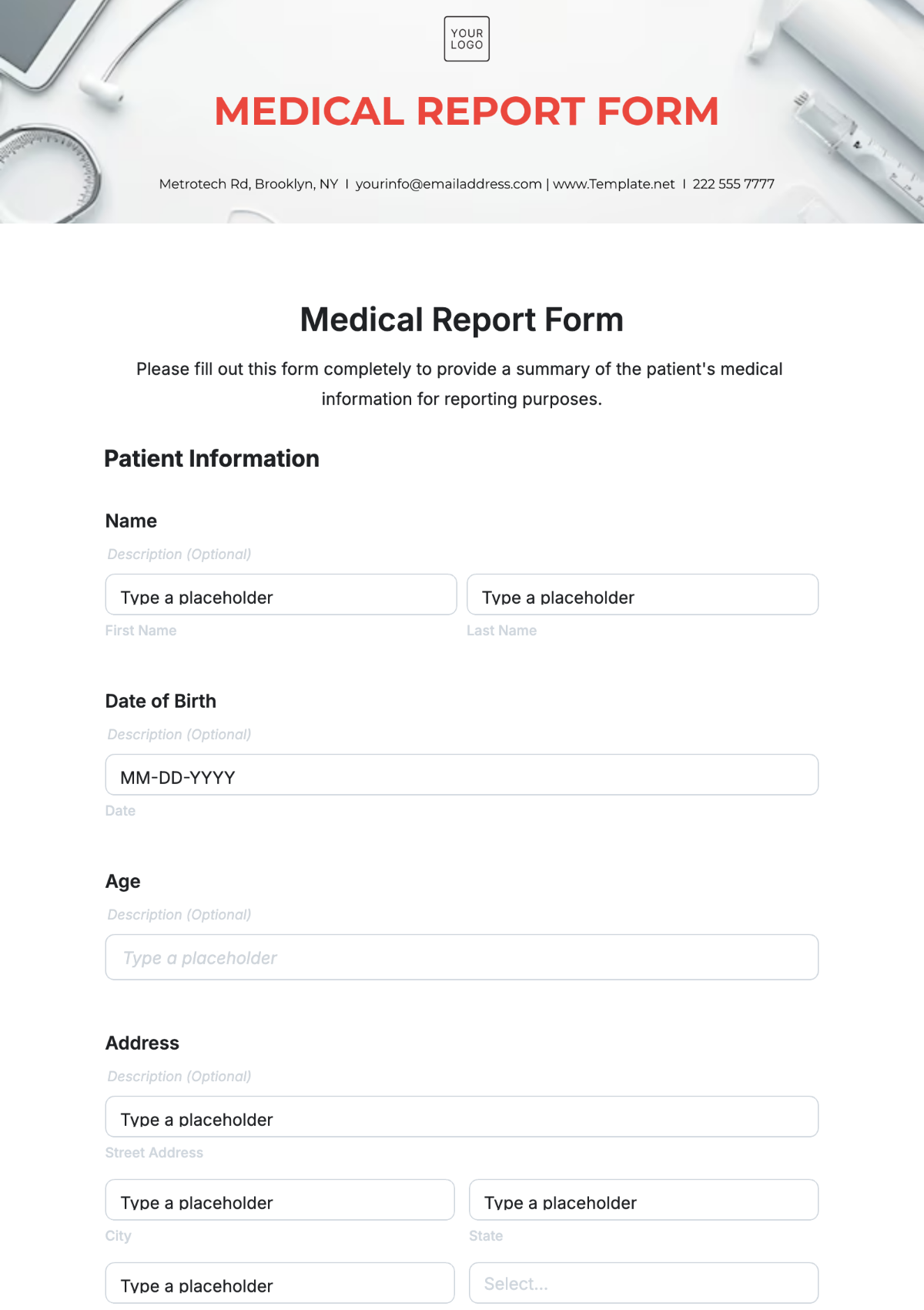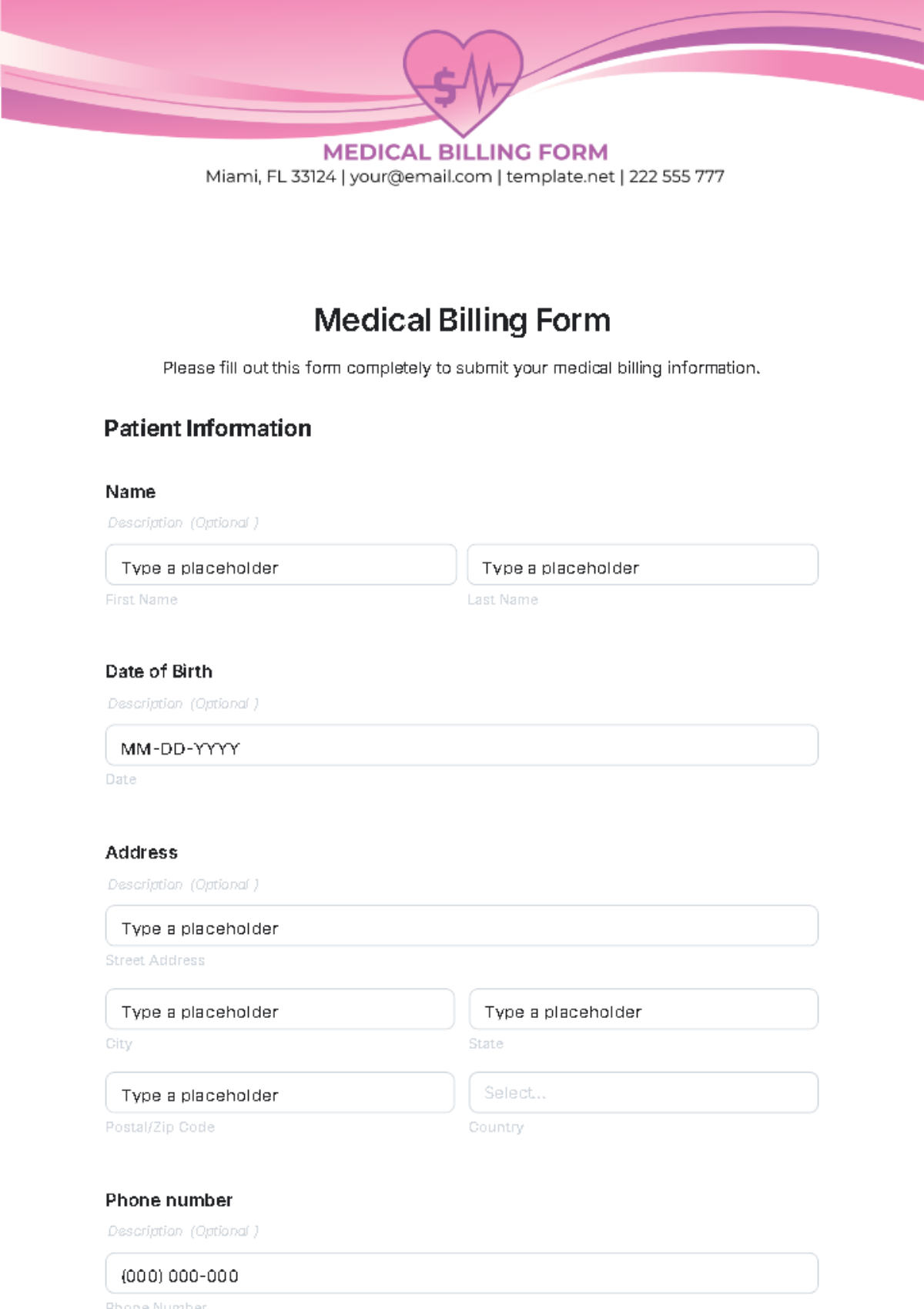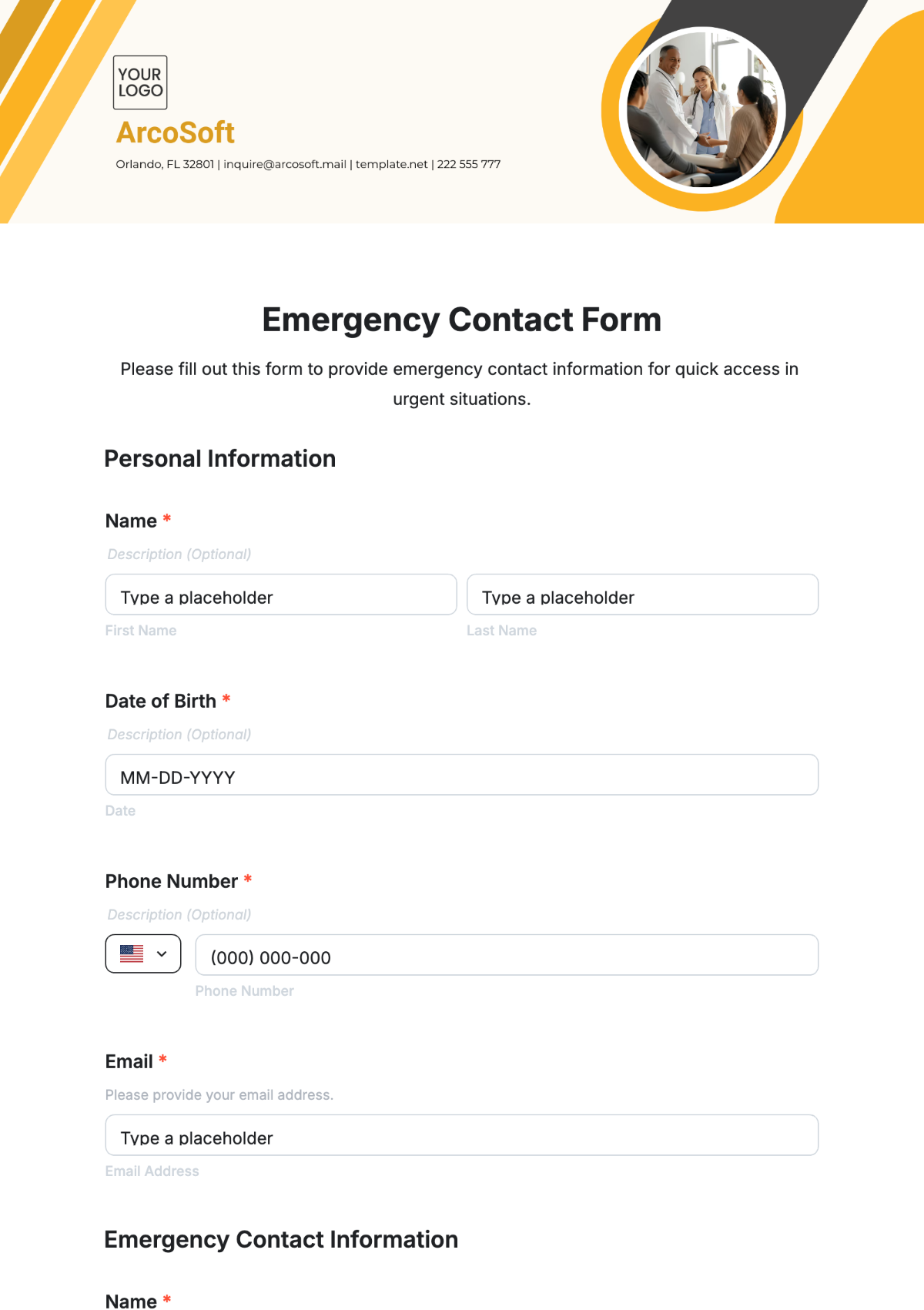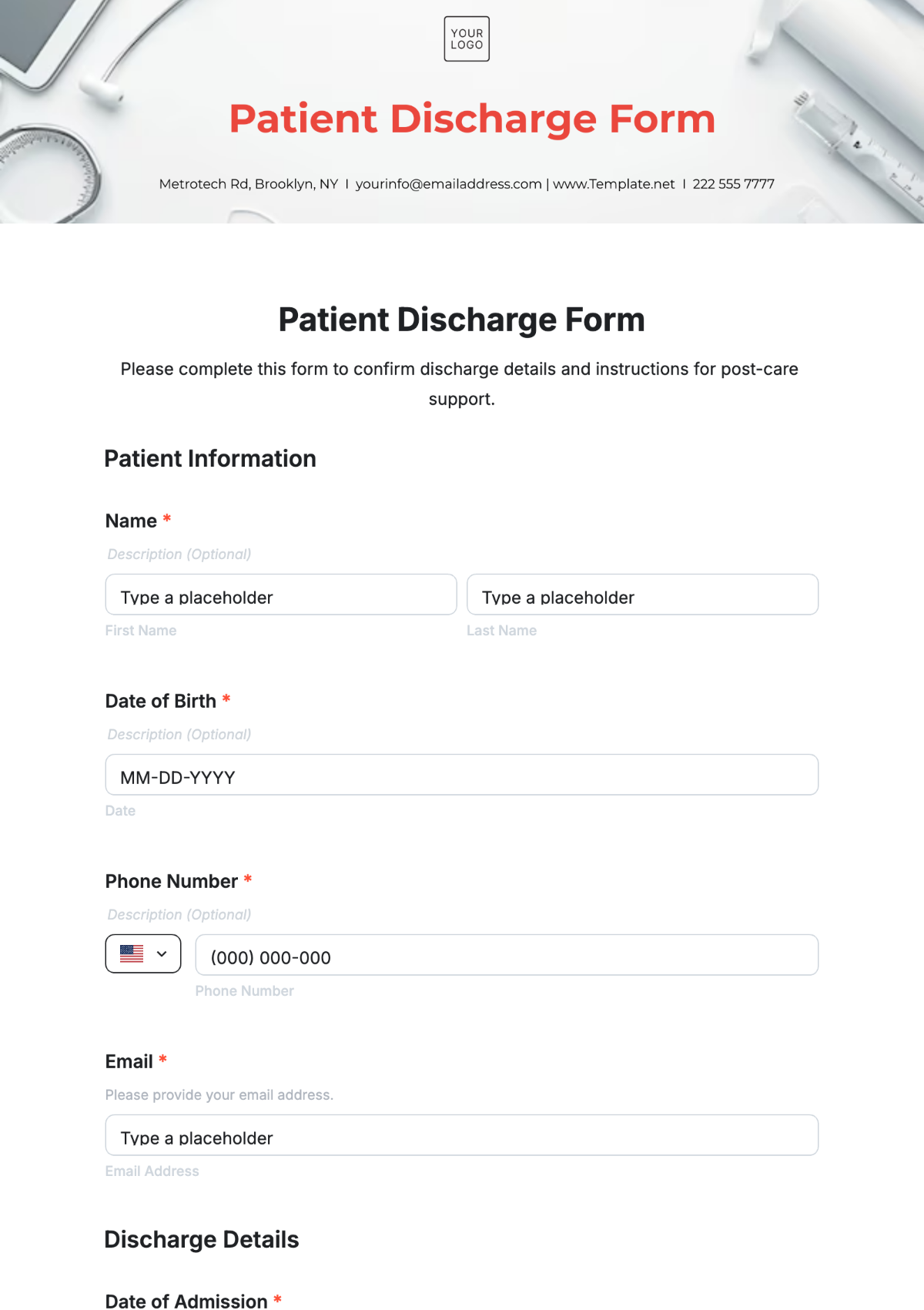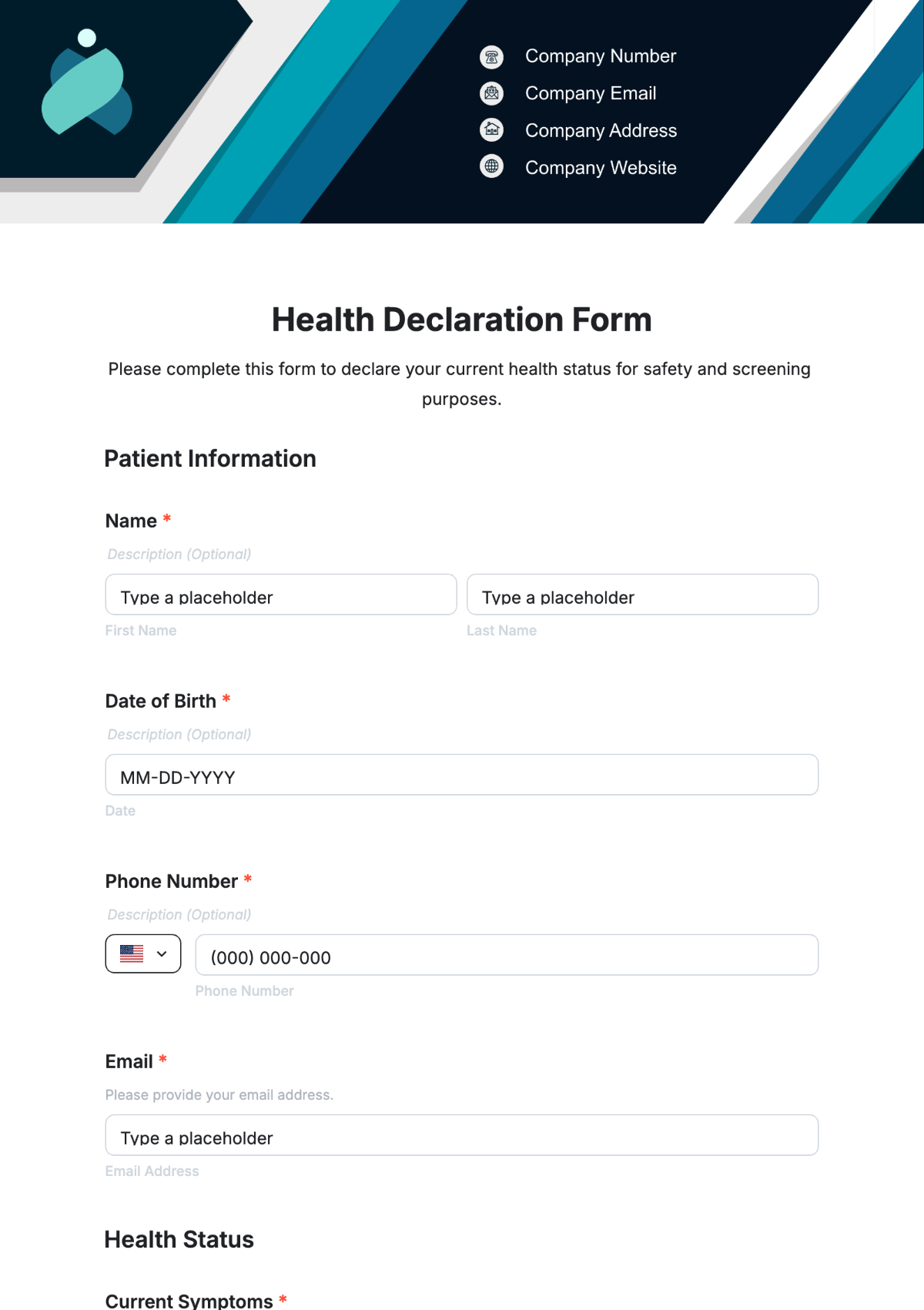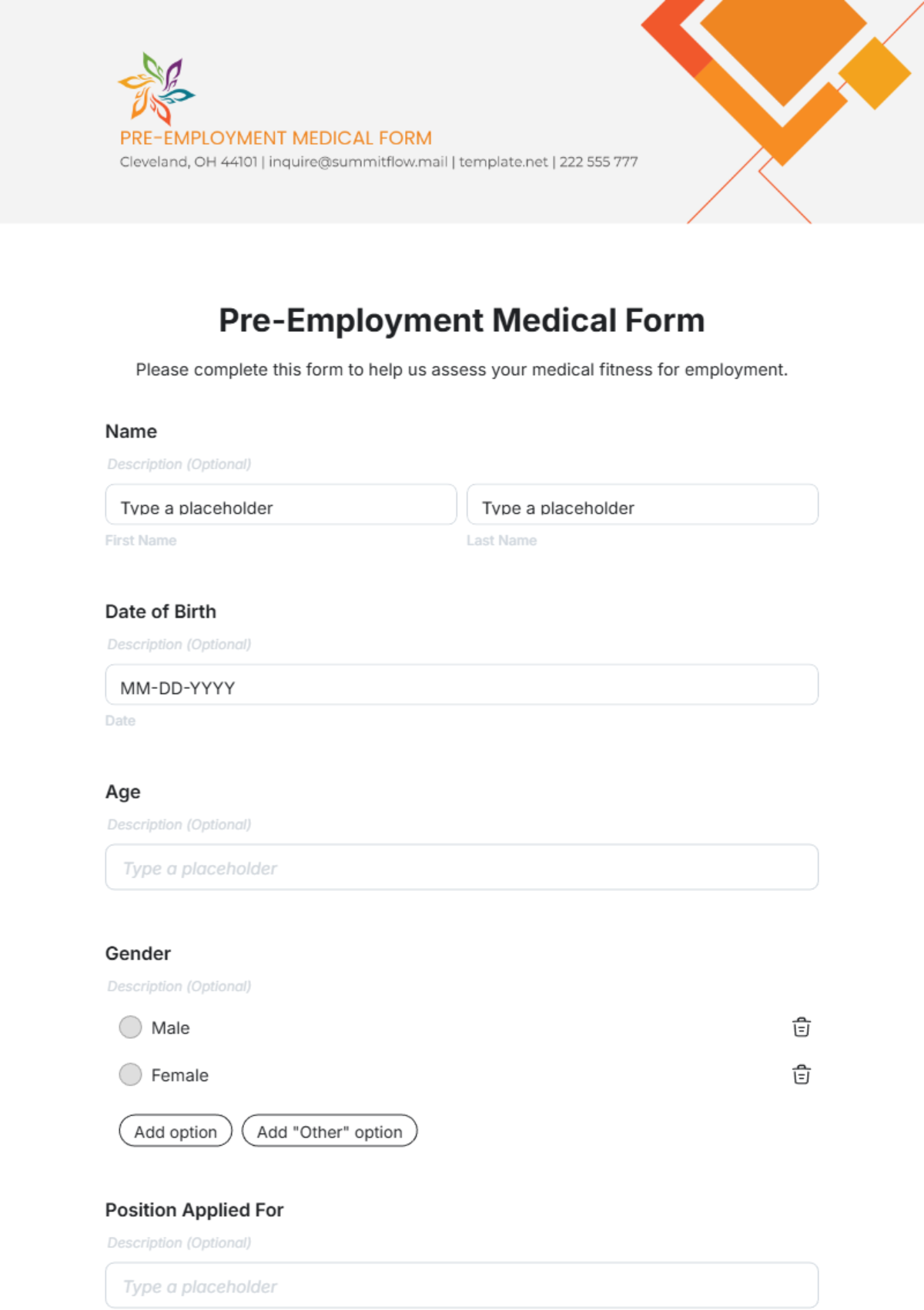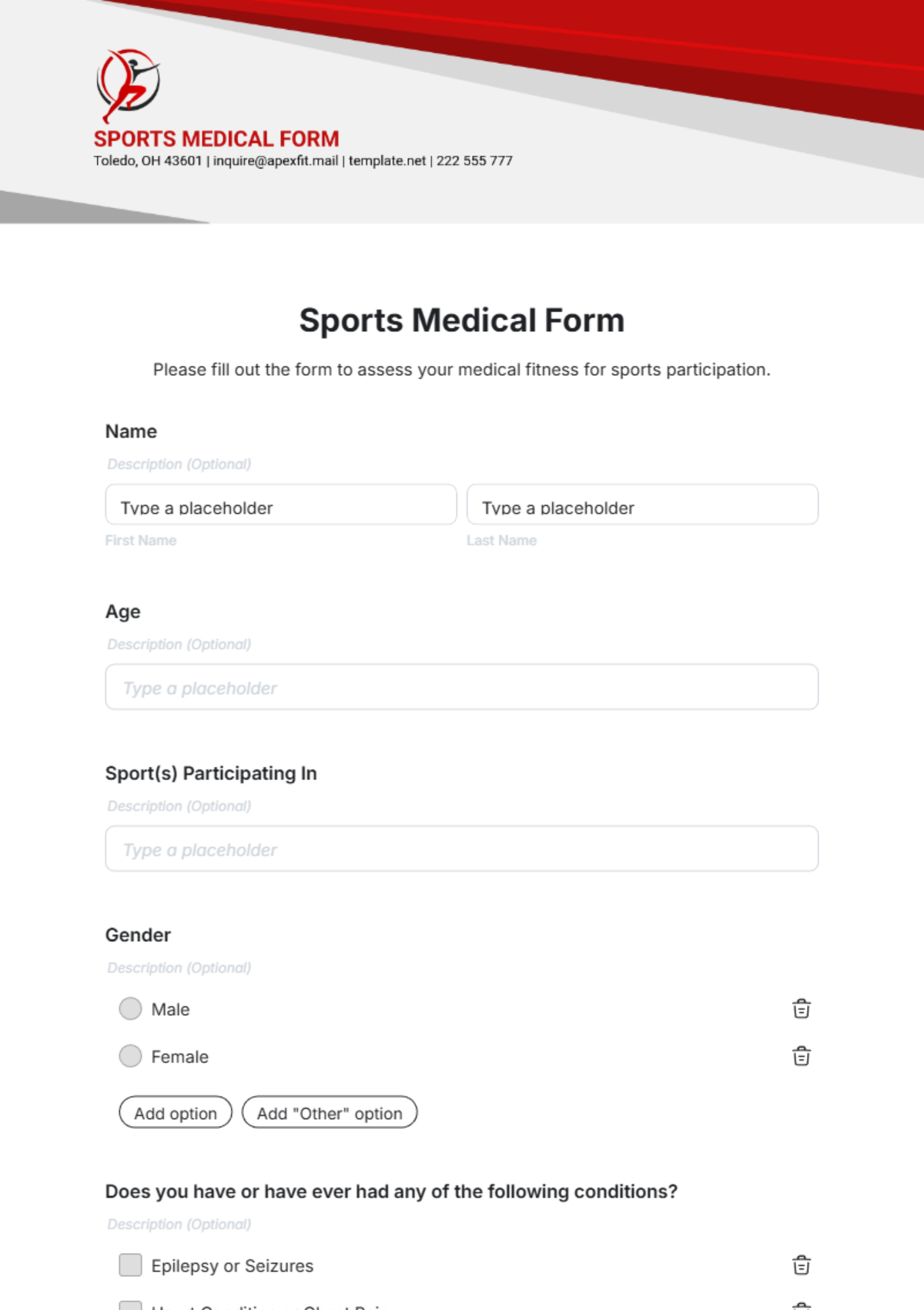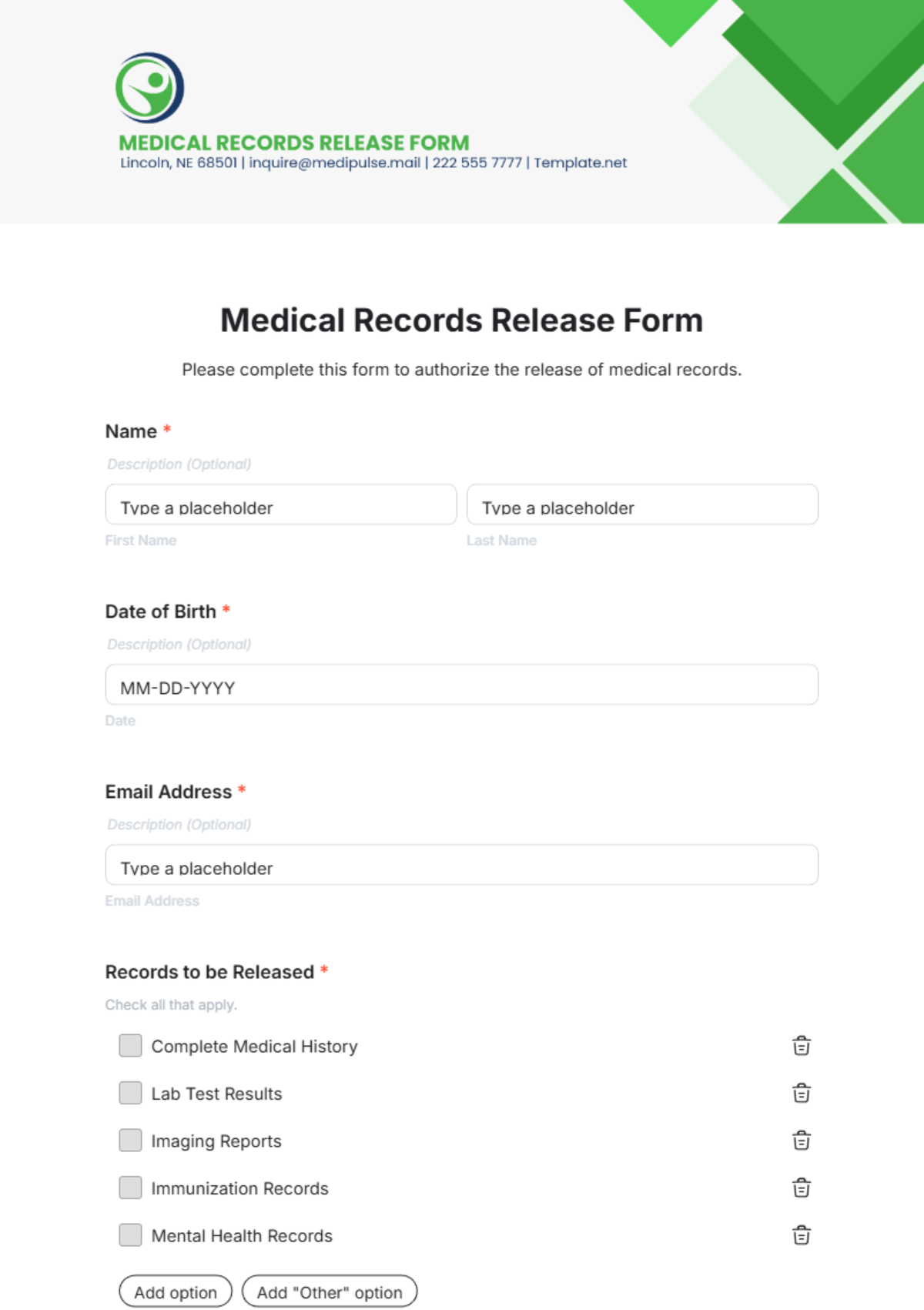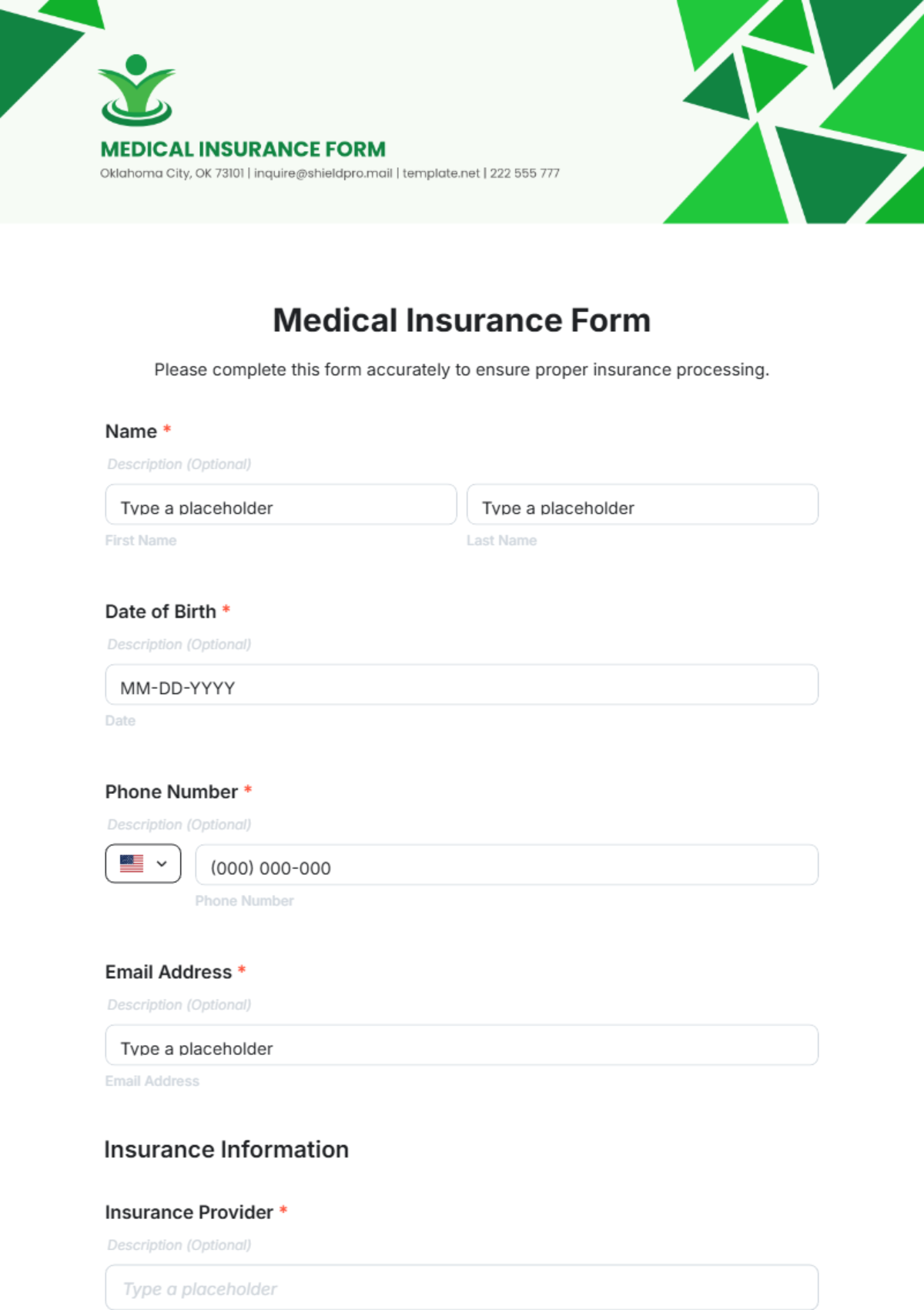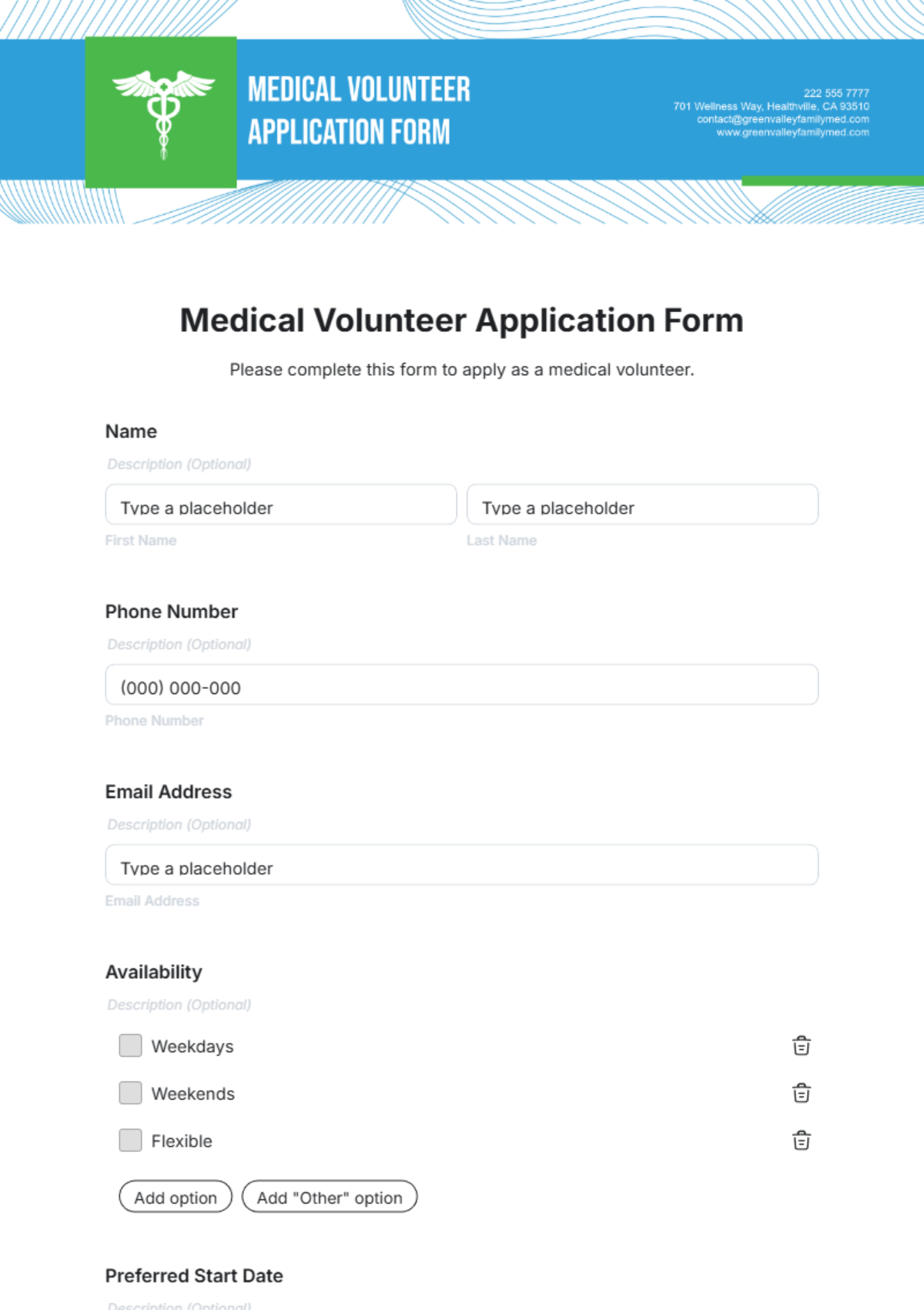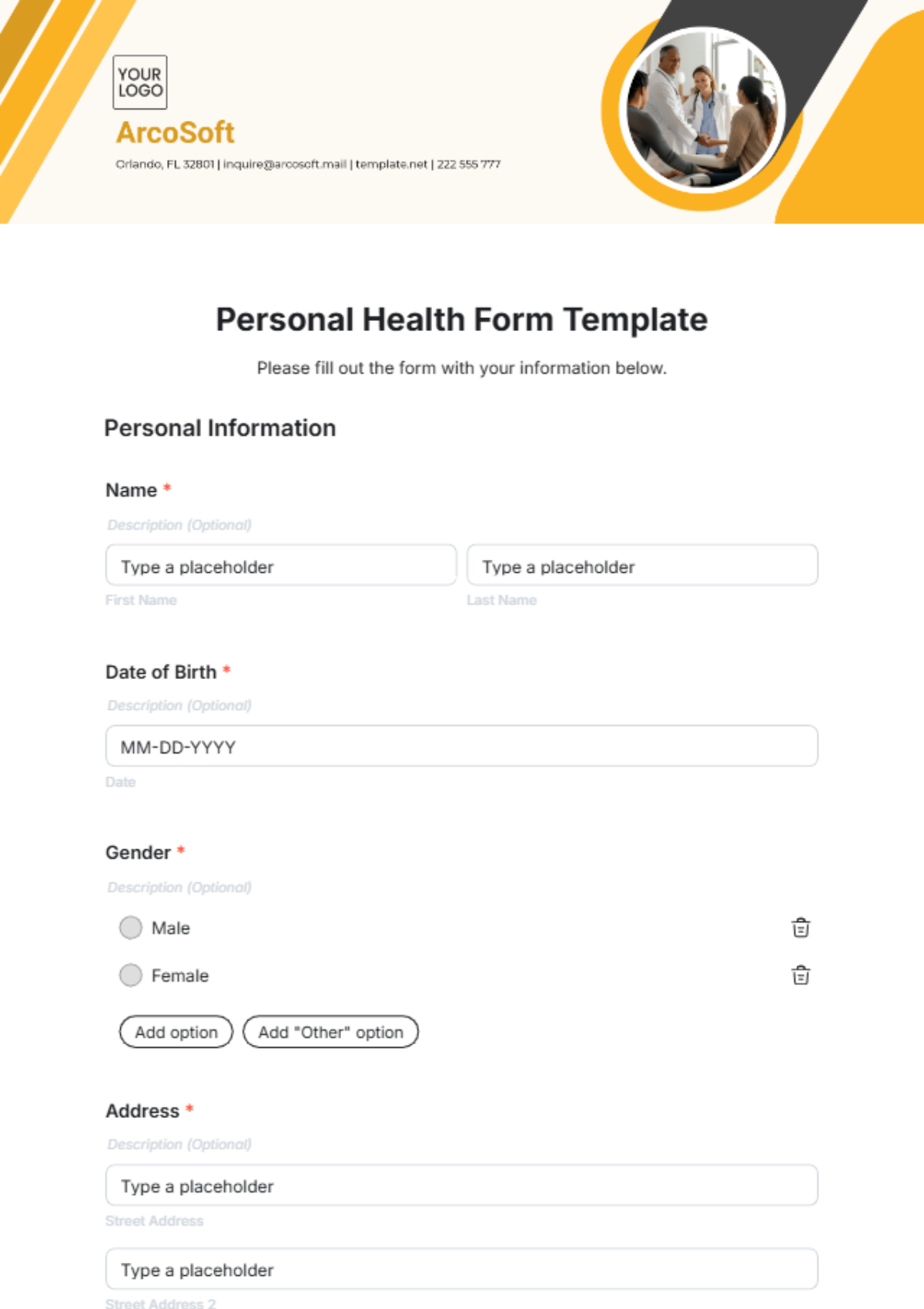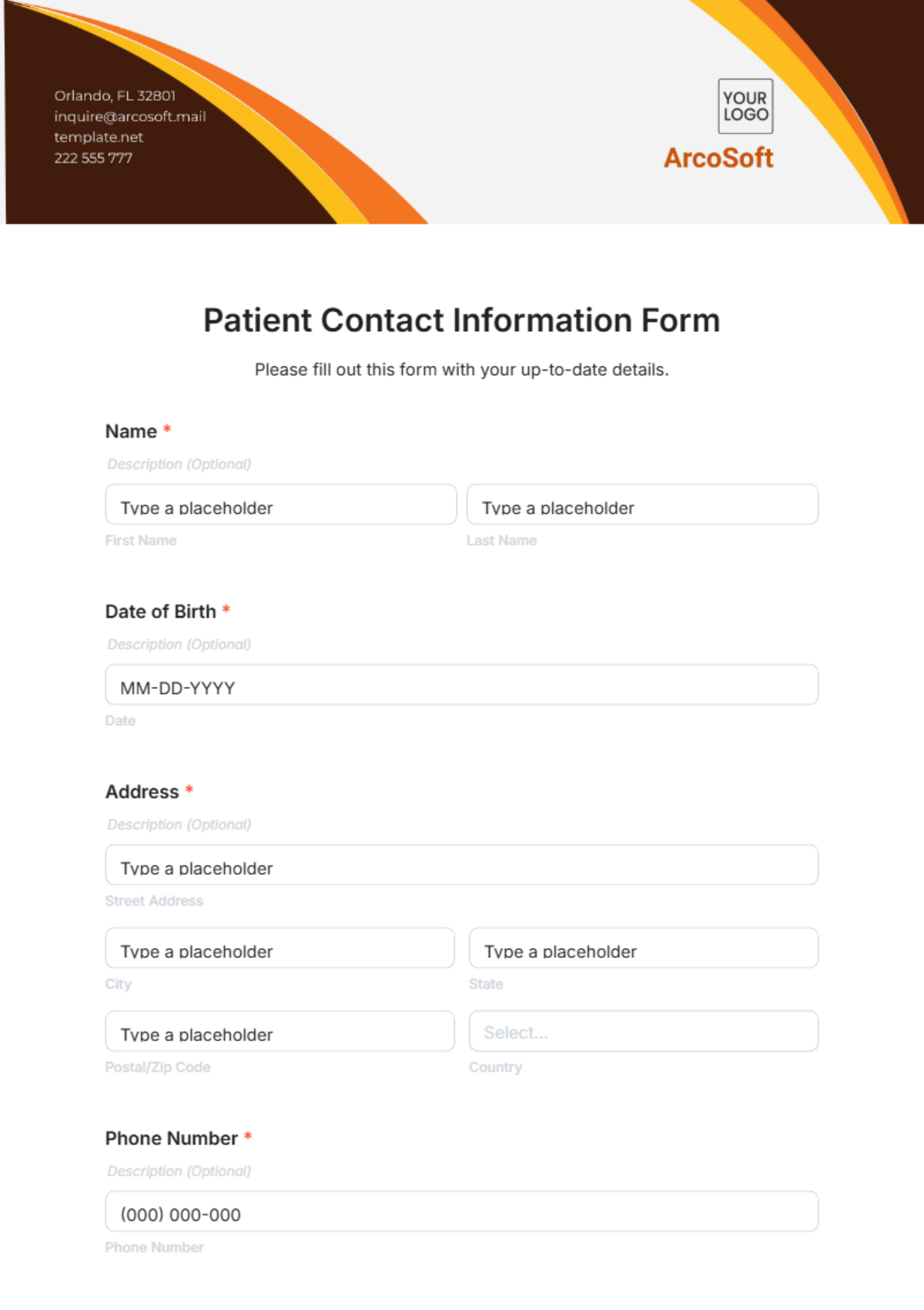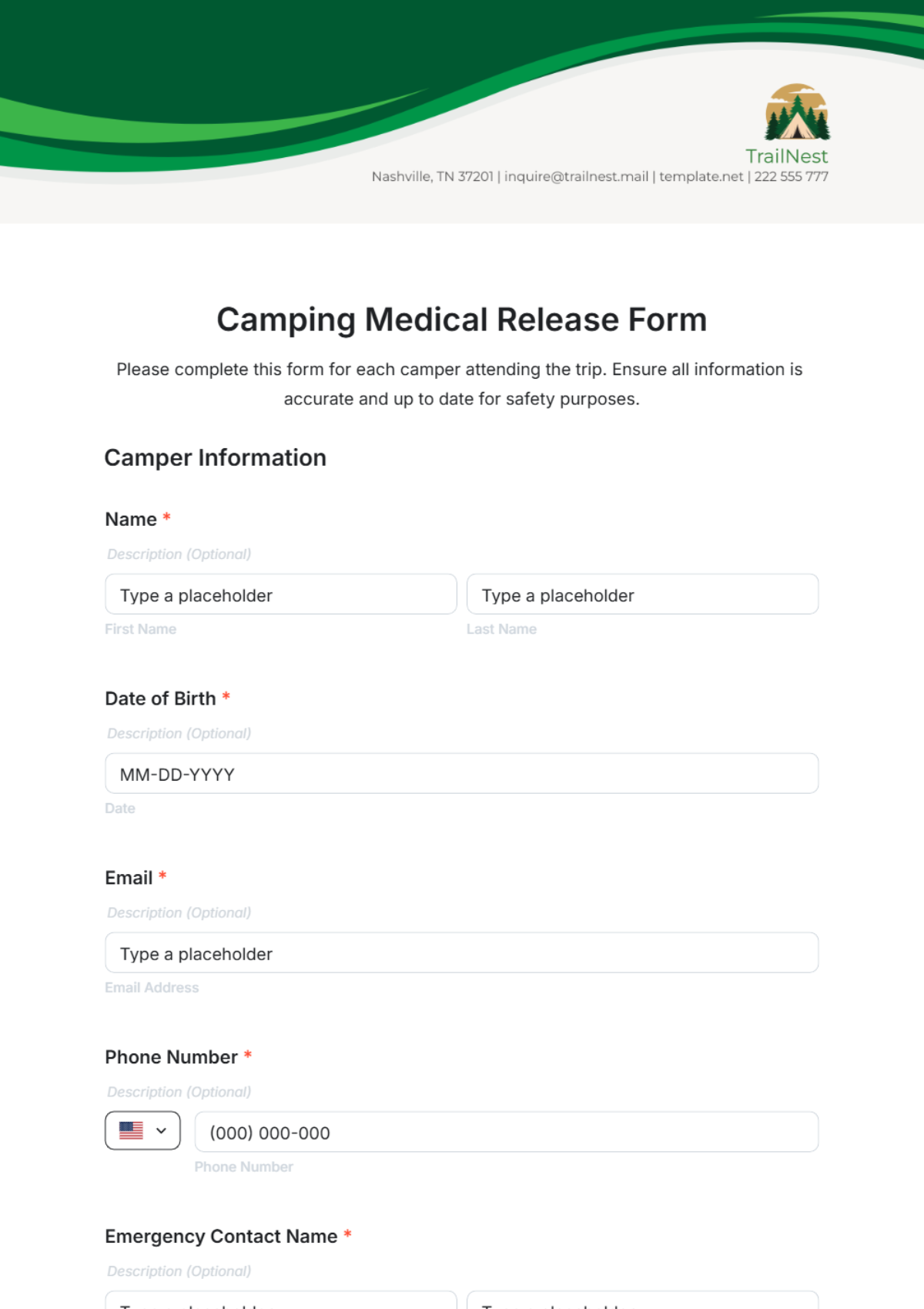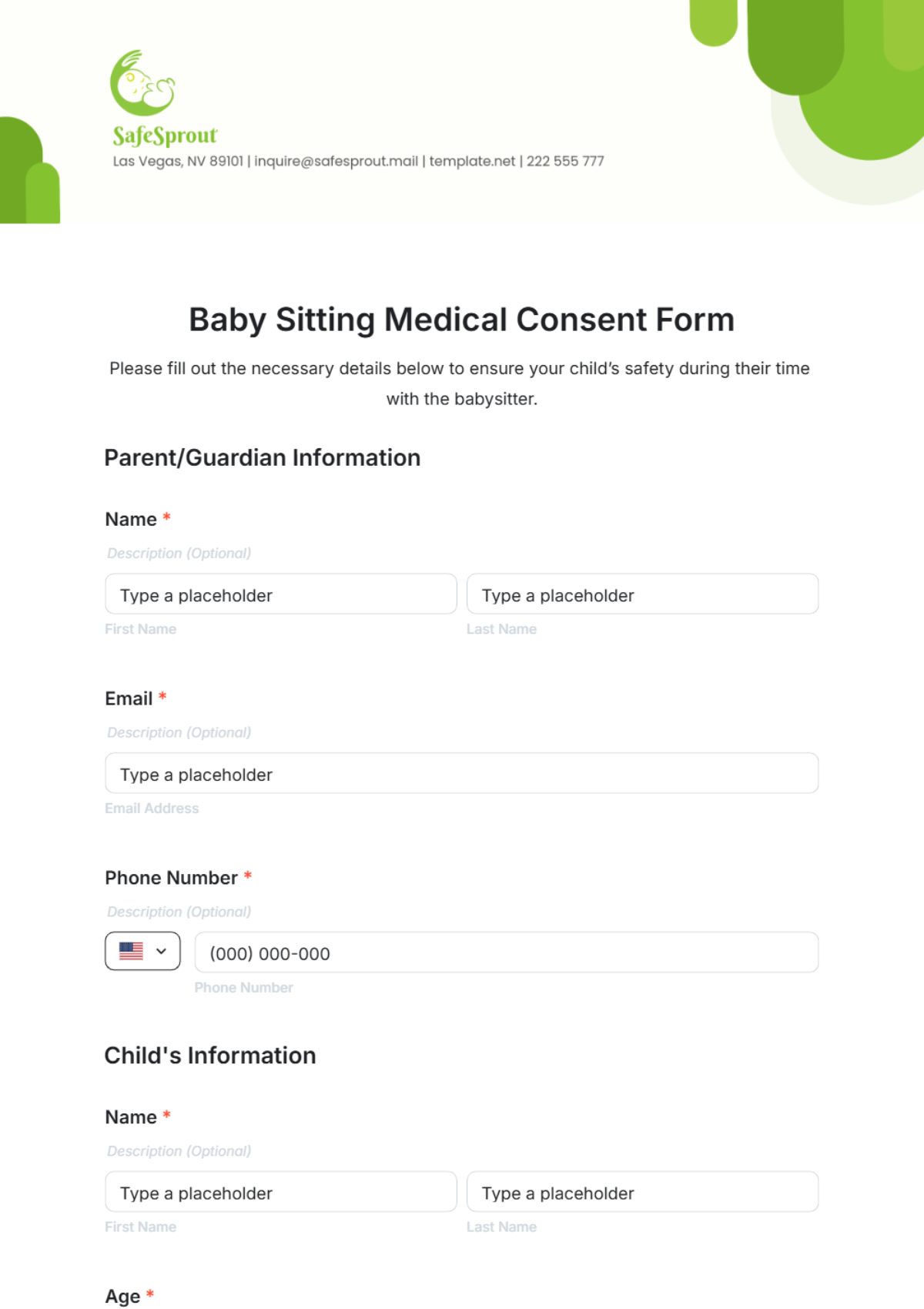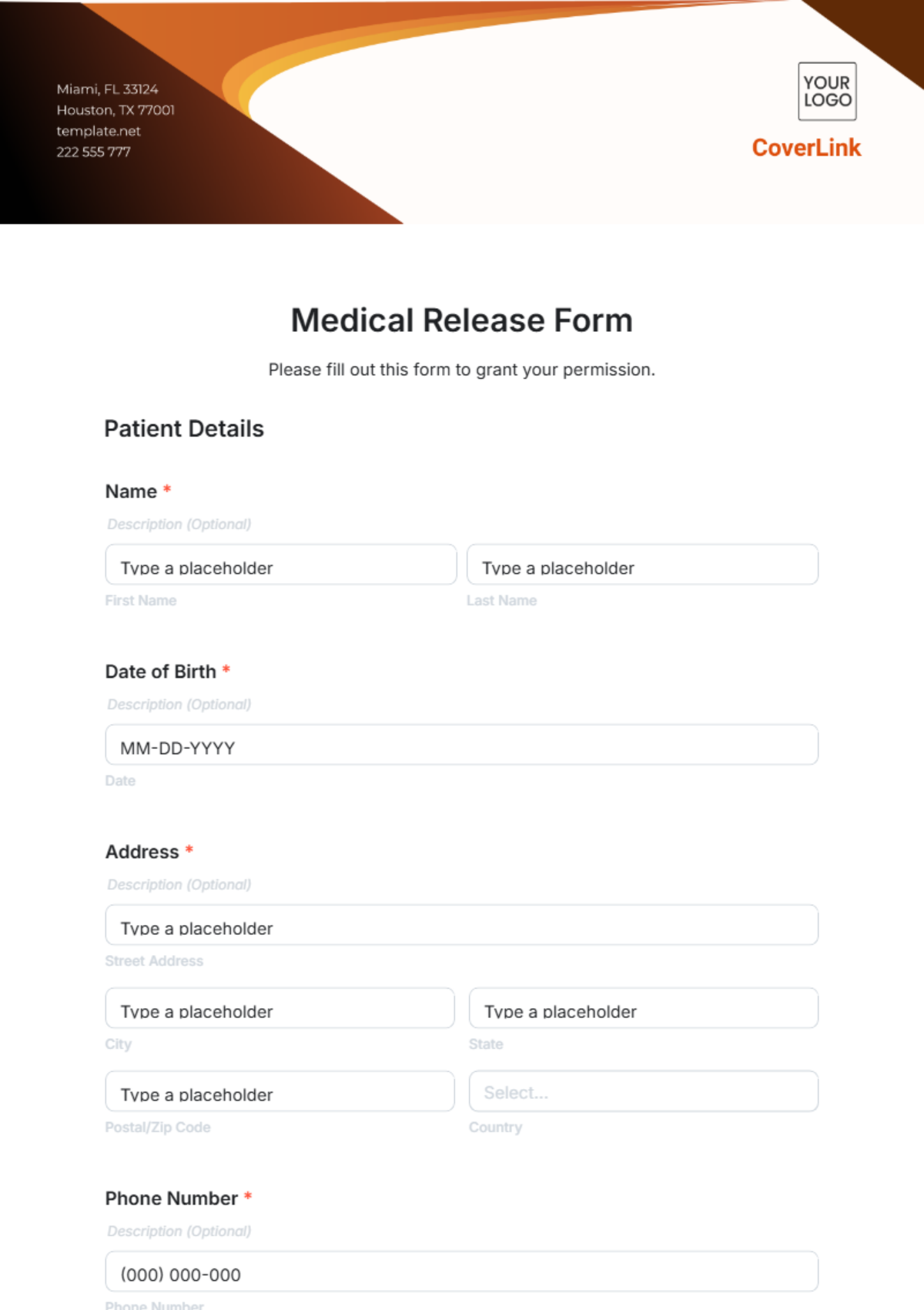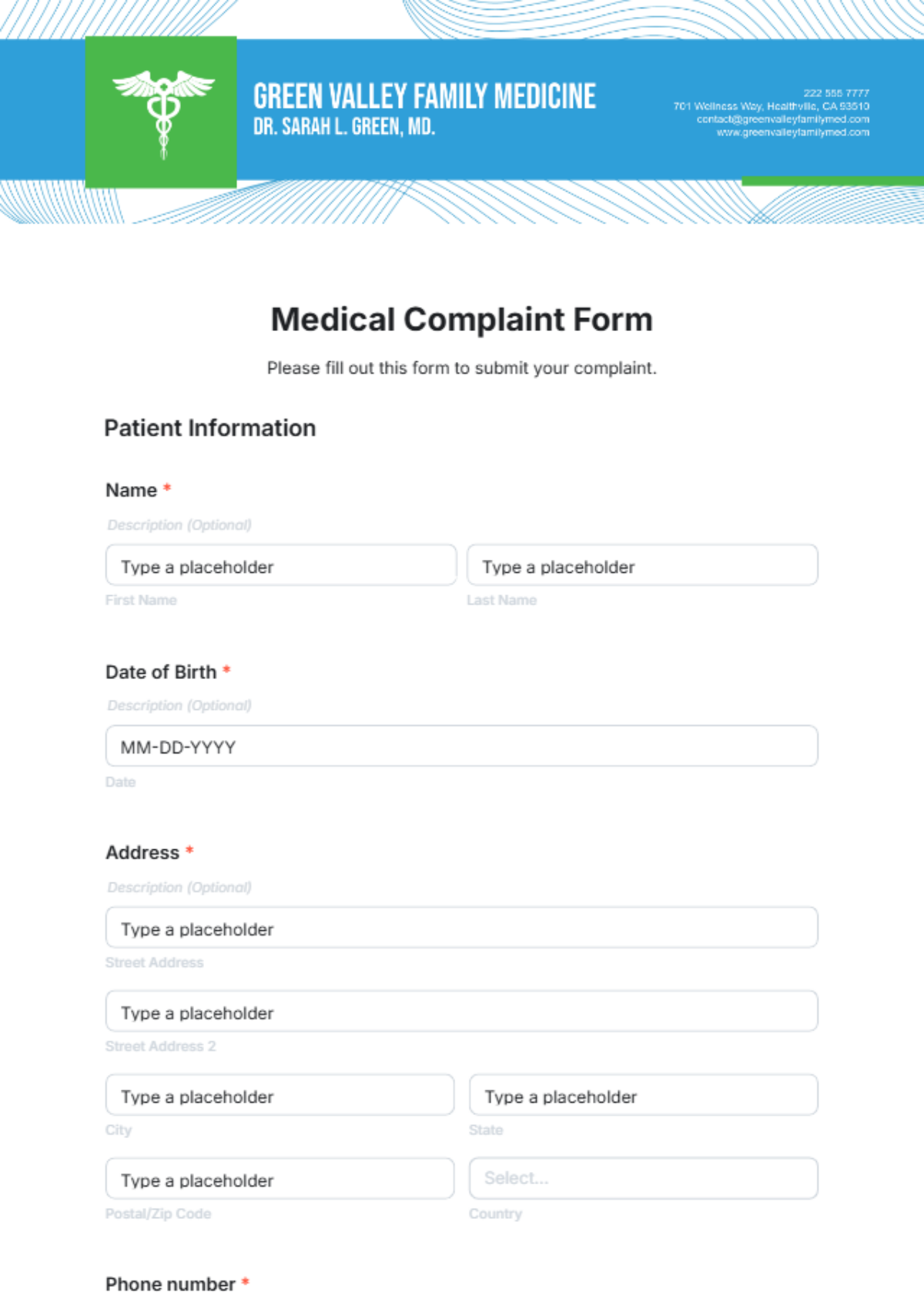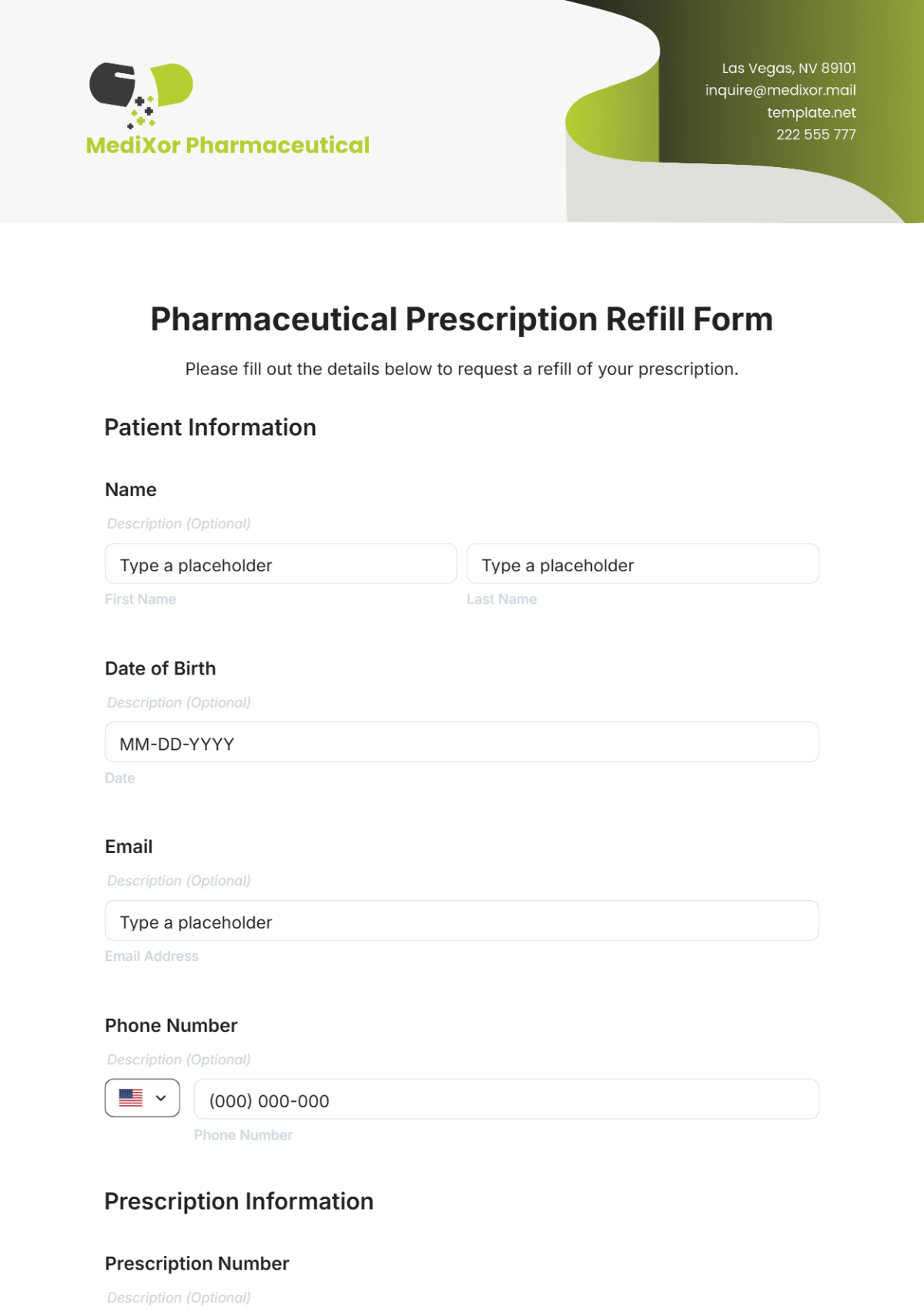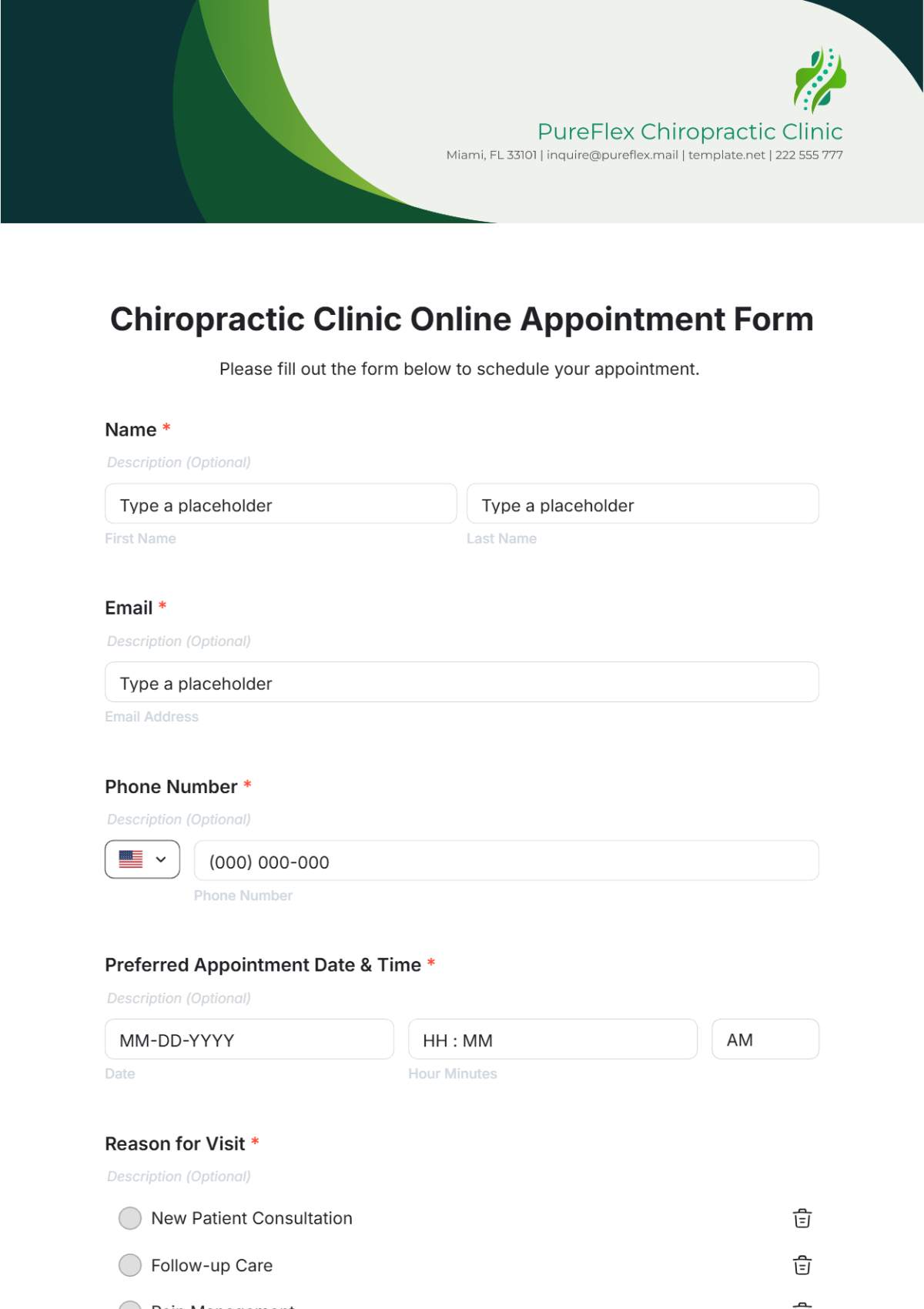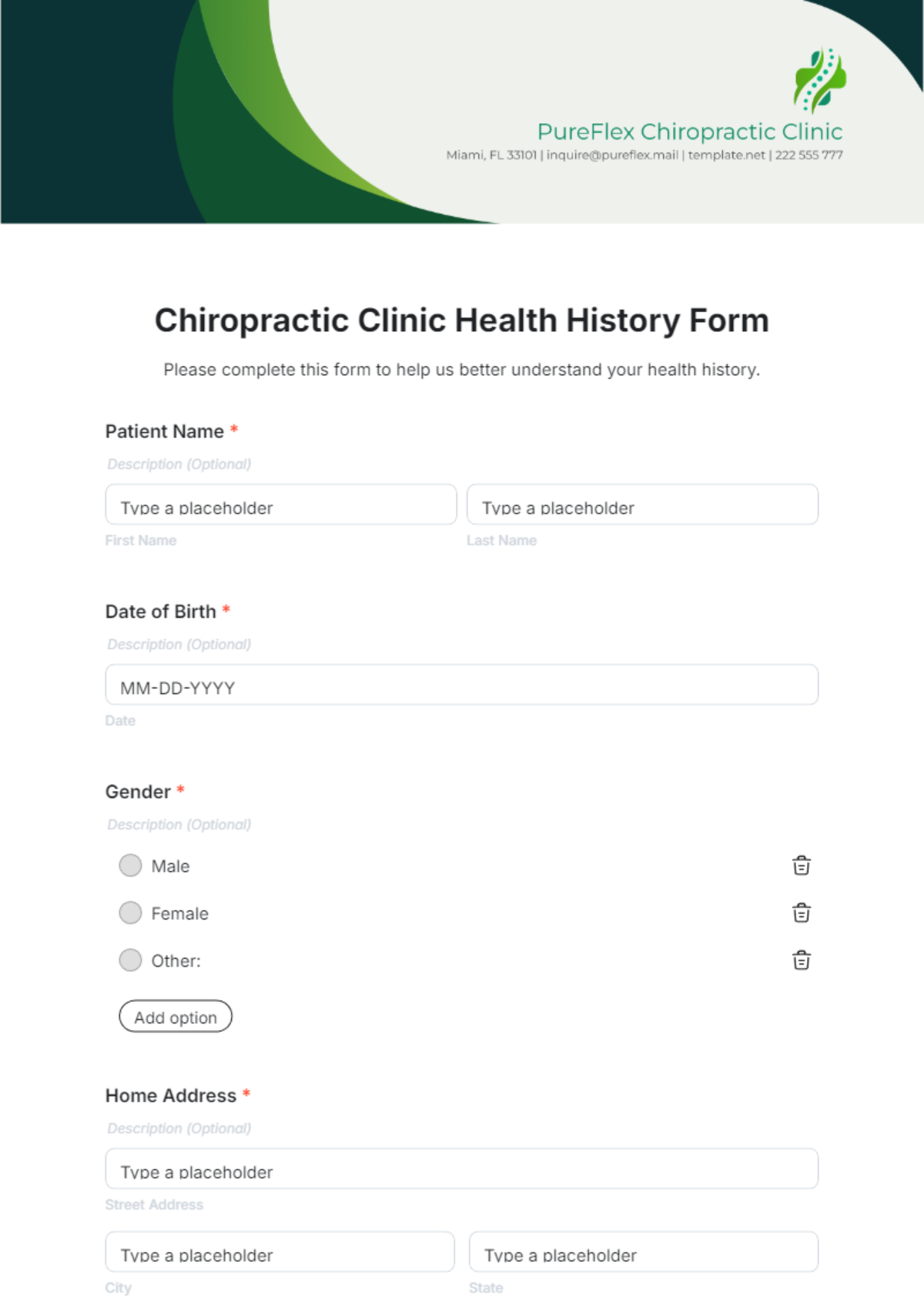Patient Consent Forms Rules
Prepared By: [YOUR NAME]
Date: [DATE]
I. Purpose and Scope
These regulations lay out comprehensive guidelines that govern the creation, ongoing upkeep, and utilization of patient consent forms within various healthcare environments. By adhering to these rules, healthcare providers ensure that they are meeting all required legal and ethical standards, thereby safeguarding the rights of patients. Additionally, these guidelines facilitate the process of informed decision-making, allowing patients to thoroughly understand and consent to the medical procedures or treatments they undergo.
II. Definitions
Term | Definition |
|---|---|
Informed Consent | The process of informing a patient about a medical procedure's risks, benefits, and alternatives for an informed decision. |
Research Consent | Permission obtained from a patient or participant for involvement in medical research or clinical trials. |
Emergency Consent | Consent procedures are applicable in urgent or life-threatening situations where obtaining consent may be challenging. |
Minor | An individual under the age of majority, typically 18, who may require parental or guardian consent for medical treatments. |
Vulnerable Populations | Individuals may have difficulty giving informed consent due to age, mental capacity, or other factors. |
III. Legal Requirements
Compliance with Laws: All patient consent forms must comply with applicable national and local laws and regulations, including privacy and data protection laws.
Documentation Standards: Consent forms must be documented following legal standards and include all necessary elements to be considered valid.
Revocation of Consent: Patients have the right to withdraw their consent at any time, and this must be documented and respected.
IV. Procedural Guidelines
Information Provision: Provide clear, concise, and comprehensive information about the procedure, treatment, or research, including risks, benefits, and alternatives.
Language and Understanding: Use language that is understandable to the patient, avoiding medical jargon. Ensure the patient comprehends the information provided.
Signature and Date: Obtain and document the patient’s signature and date on the consent form. For research or specific procedures, include a witness signature if required.
Emergency Procedures: In emergencies, follow established protocols for obtaining consent and document the rationale for any deviations from standard consent procedures.
V. Rights and Responsibilities
Patient Rights: Patients have the right to be informed about their condition and treatments, ask questions, refuse or withdraw consent, and receive a copy of the consent form.
Provider Responsibilities: Healthcare providers are responsible for ensuring that consent is obtained appropriately, that patients understand their options, and that consent forms are completed accurately.
VI. Special Cases
Category | Procedure |
|---|---|
Minors | Obtain consent from a parent or legal guardian for medical treatments, unless minor consent is legally permissible. |
Research Participants | Ensure consent includes detailed information about the study, including potential risks and benefits. |
Mentally Incapacitated Patients | Obtain consent from a legally authorized representative if the patient cannot give informed consent due to mental incapacity. |
VII. Record Keeping
Form Storage: Store consent forms securely, in compliance with data protection regulations. Ensure that records are easily accessible for review or audit purposes.
Retention Period: Retain consent forms for the period required by law or institutional policy, typically for a specified number of years after the treatment or research is completed.
VIII. Compliance and Enforcement
Monitoring: Regularly review procedures and practices to ensure compliance with consent rules and regulations.
Training: Provide ongoing training for healthcare providers on consent procedures and legal requirements.
Handling Violations: Establish procedures for addressing and resolving any violations of consent rules, including disciplinary actions if necessary.
